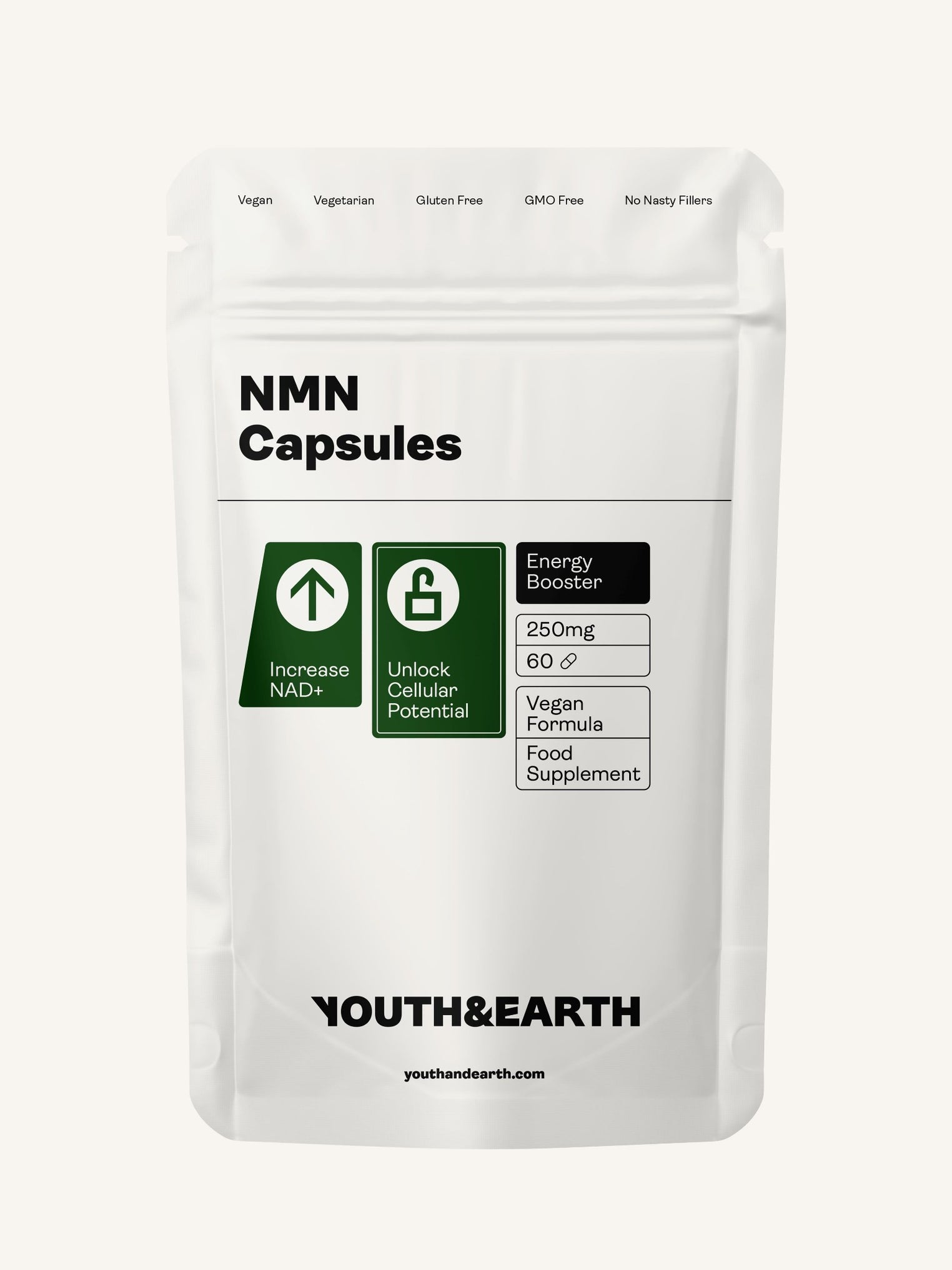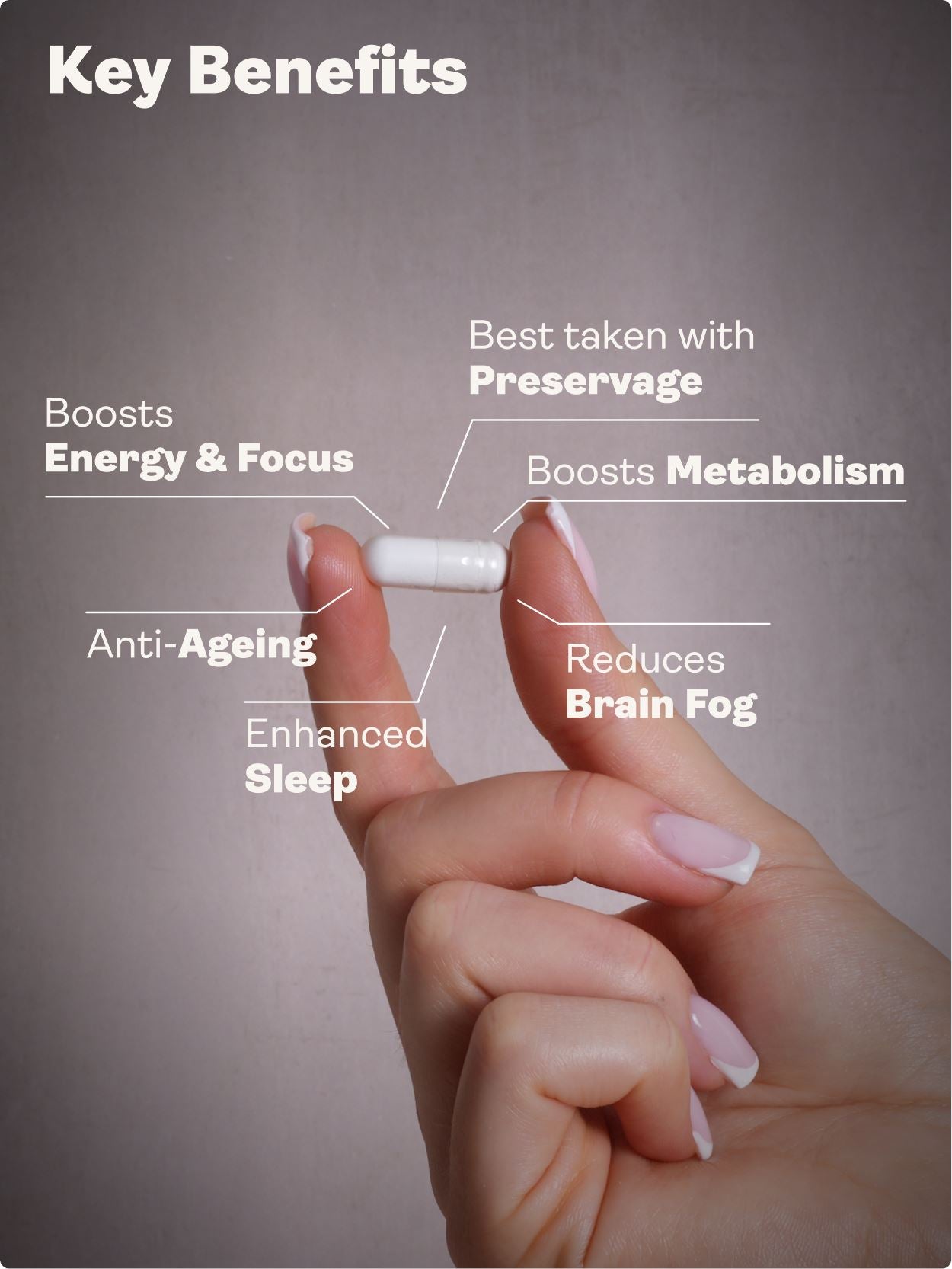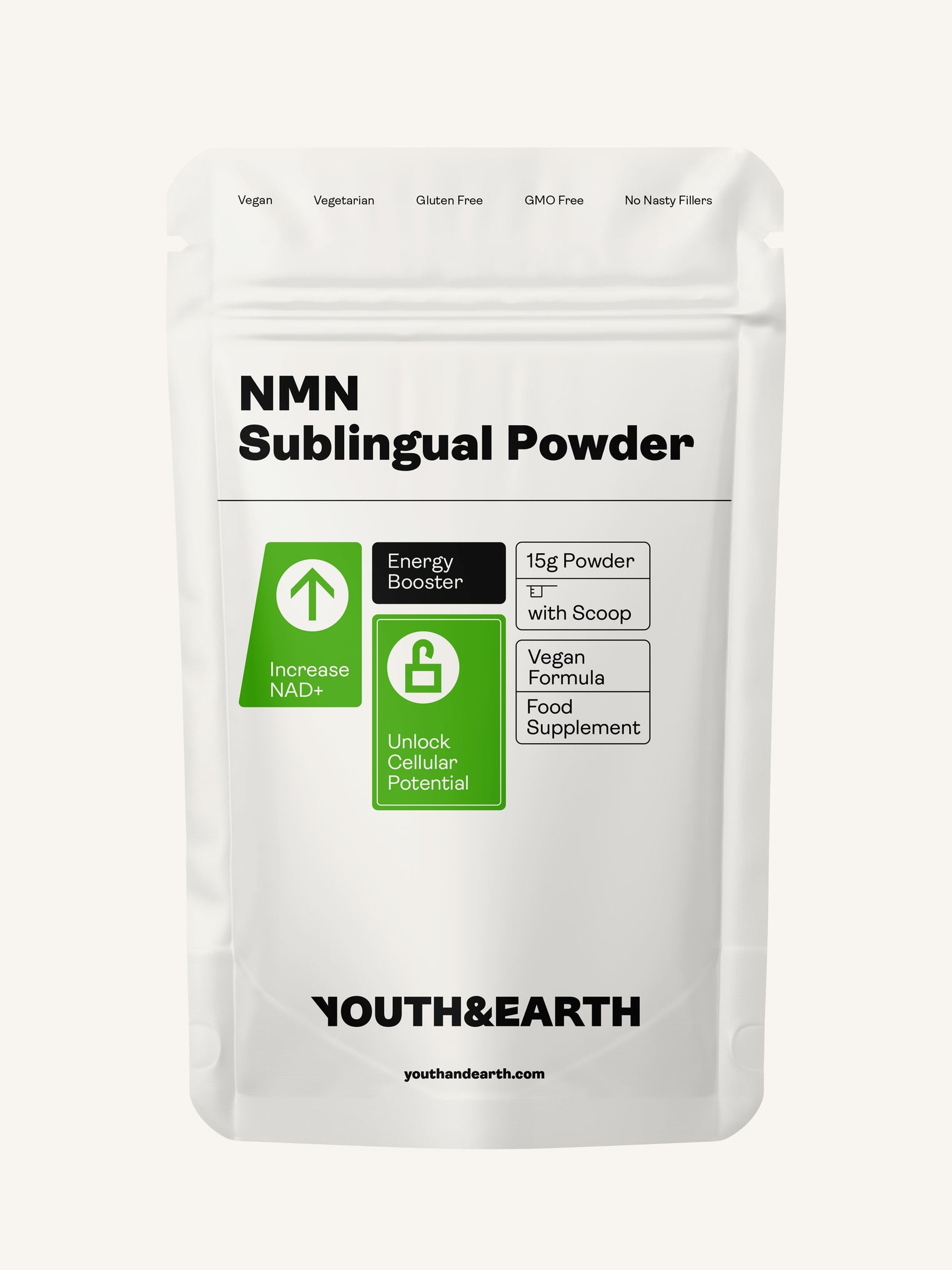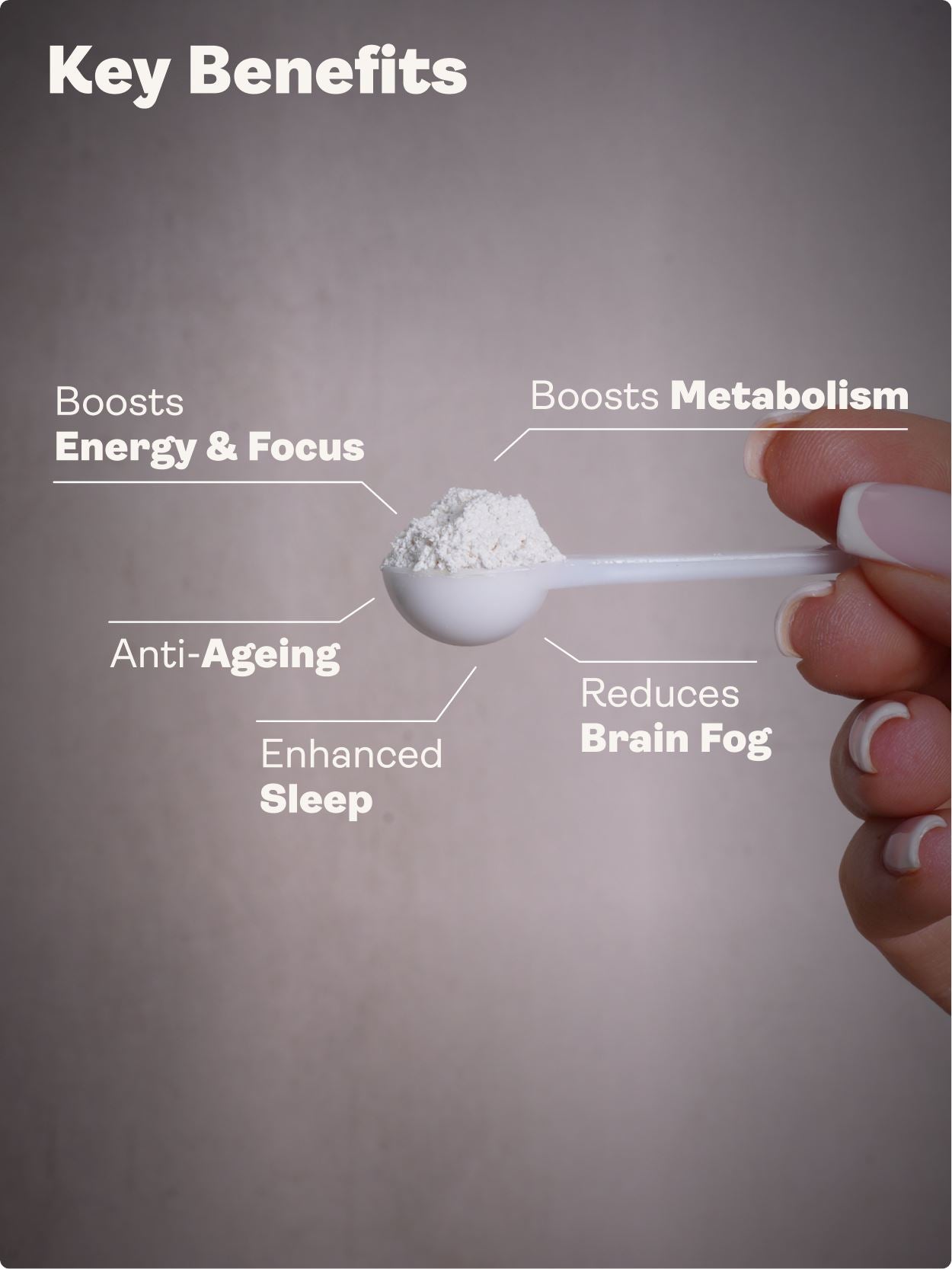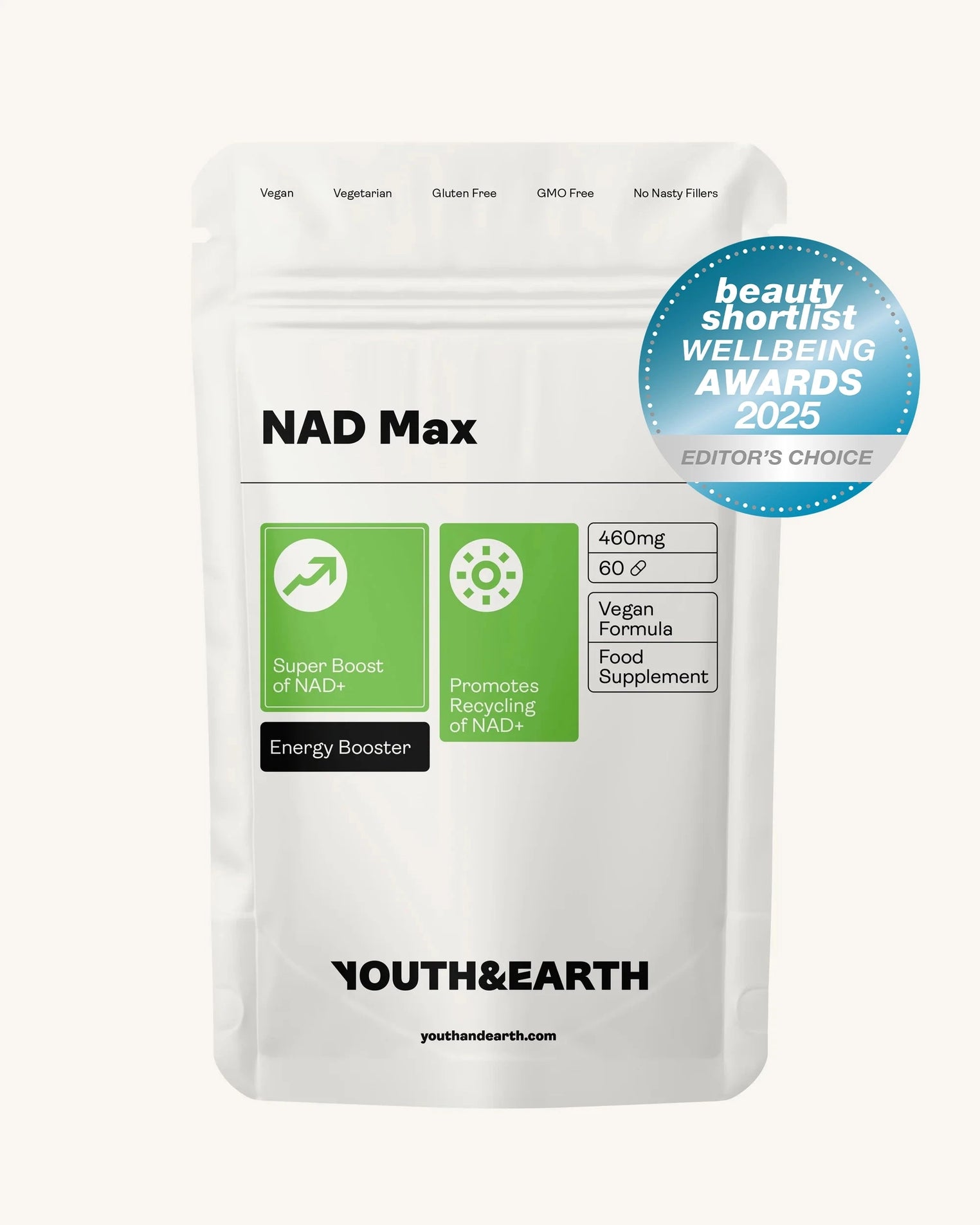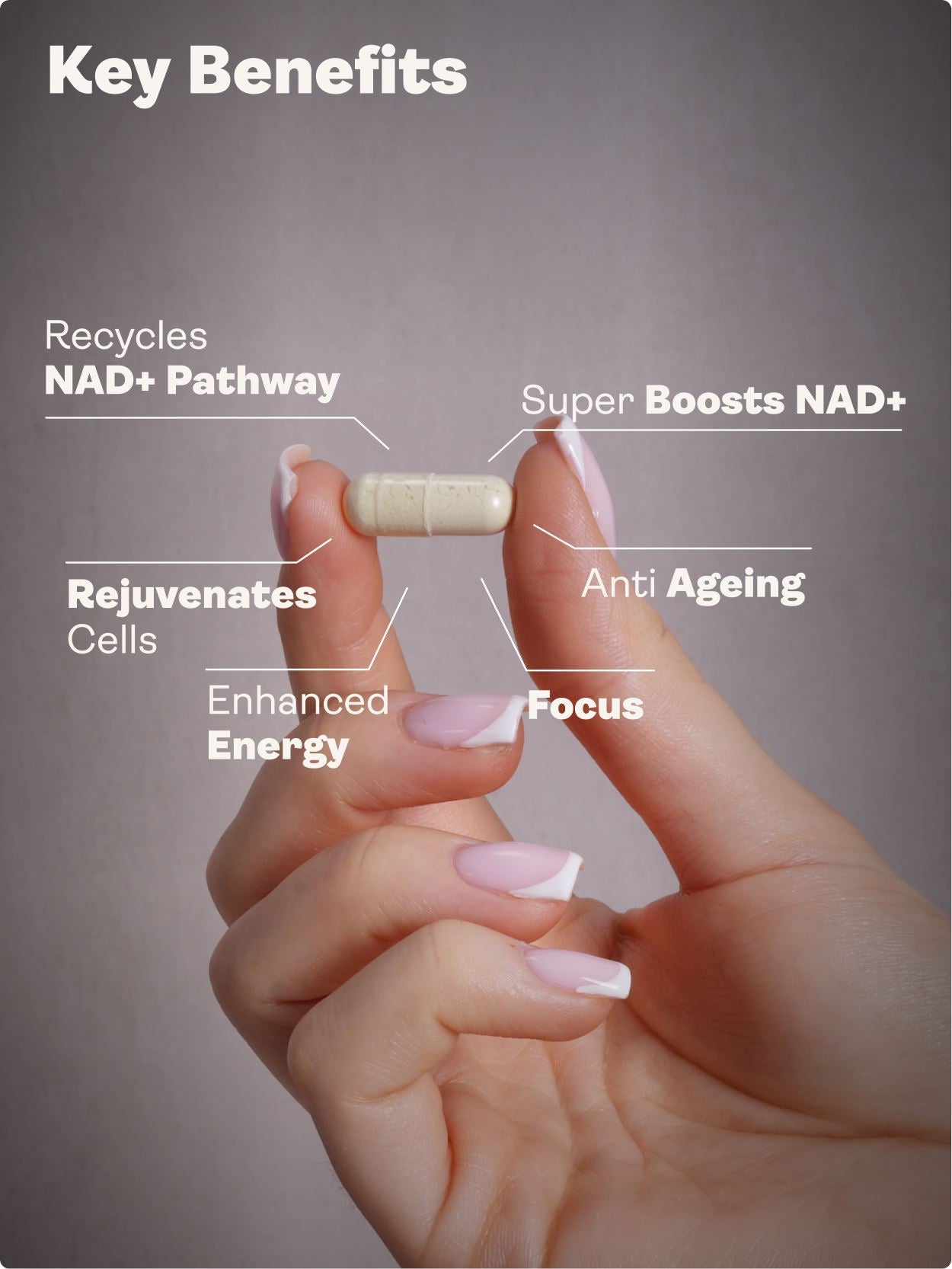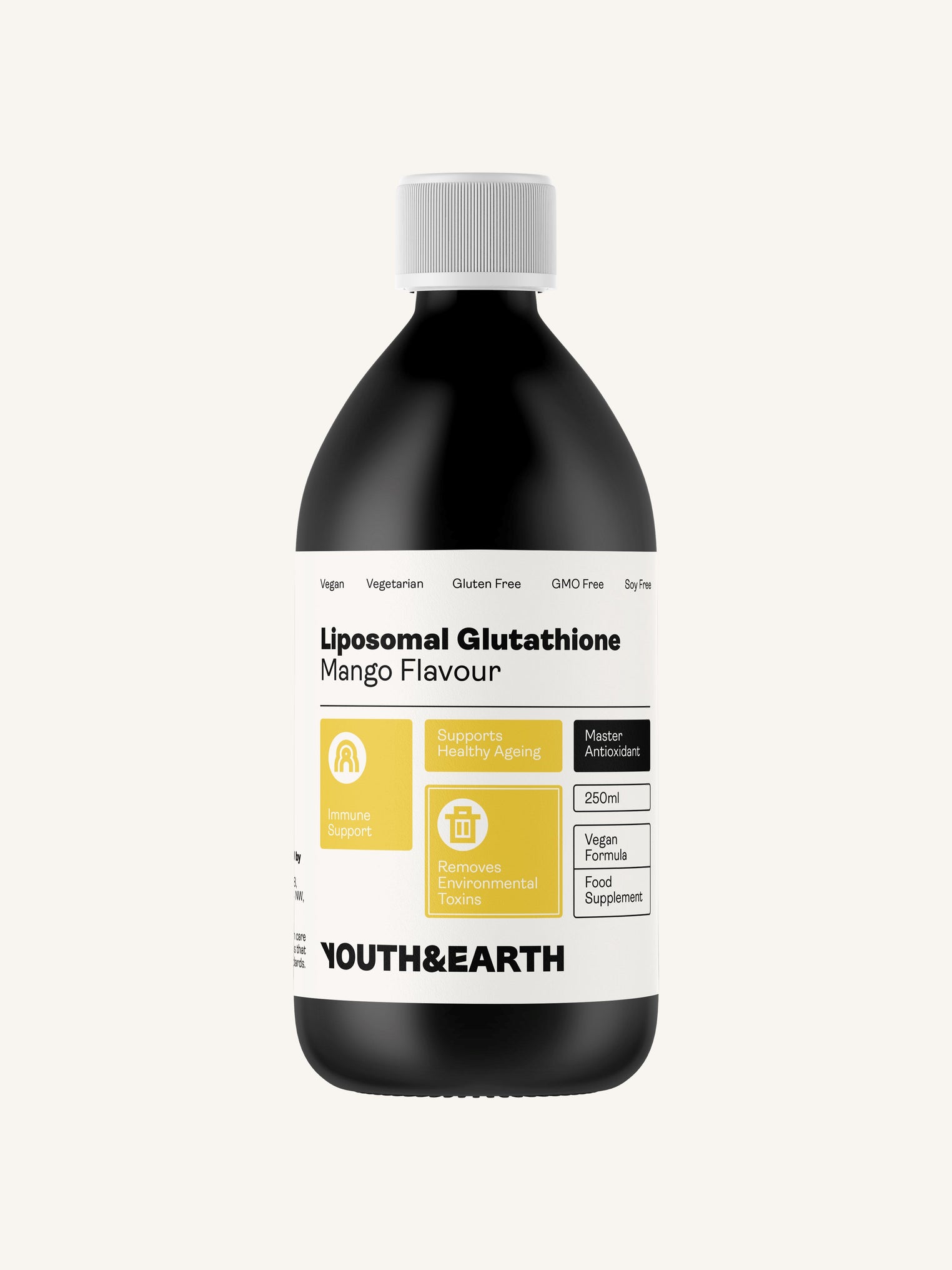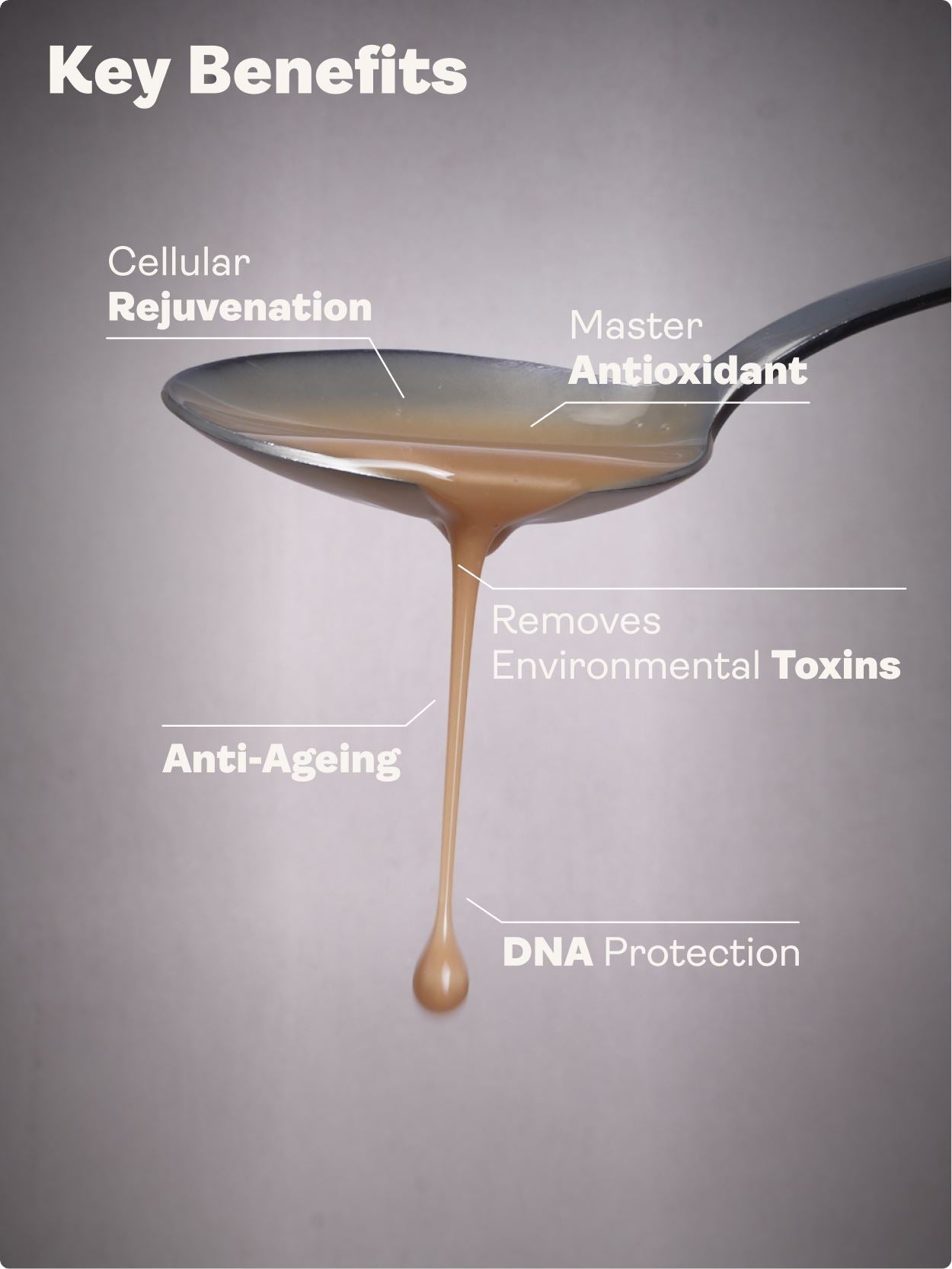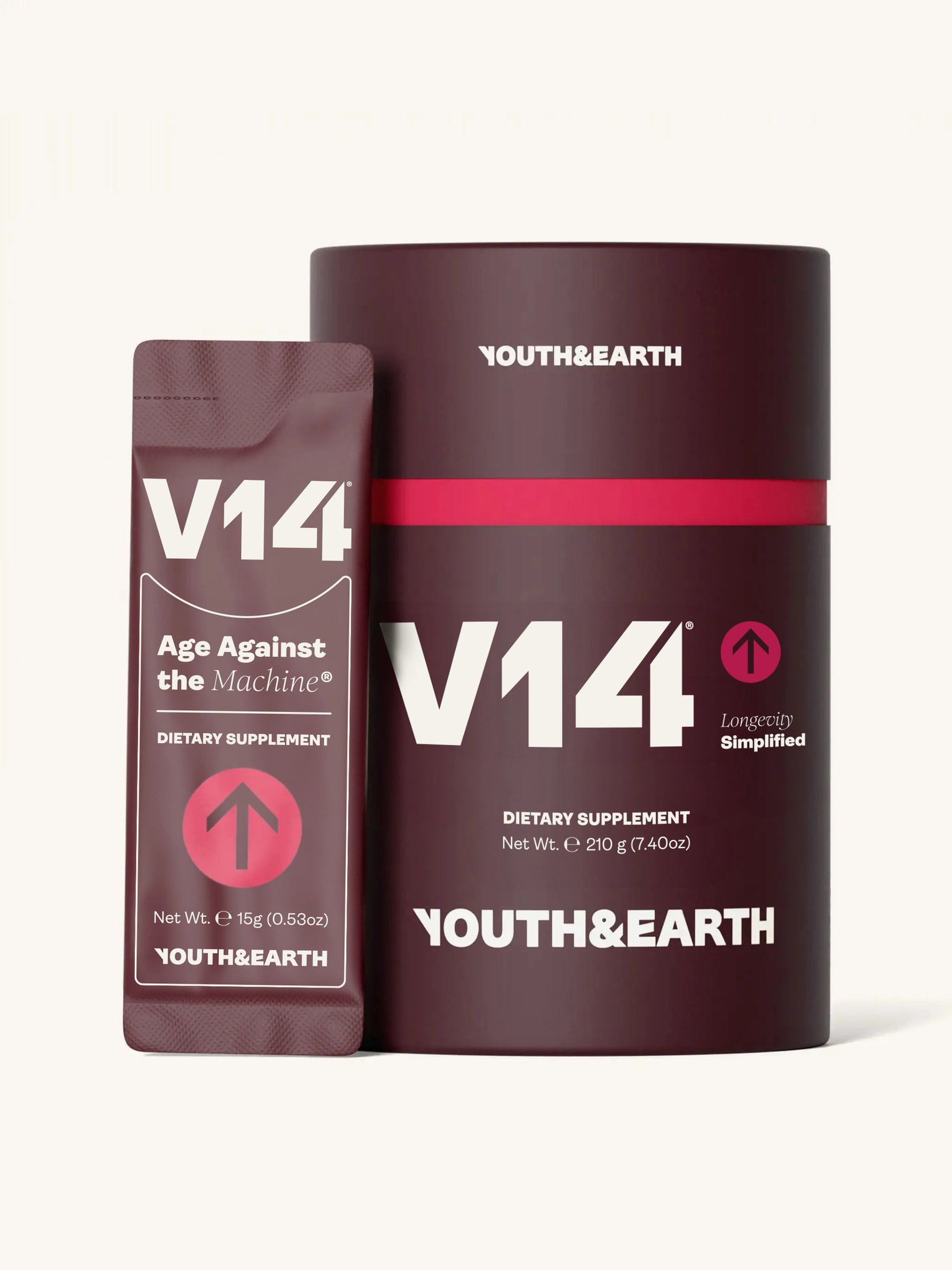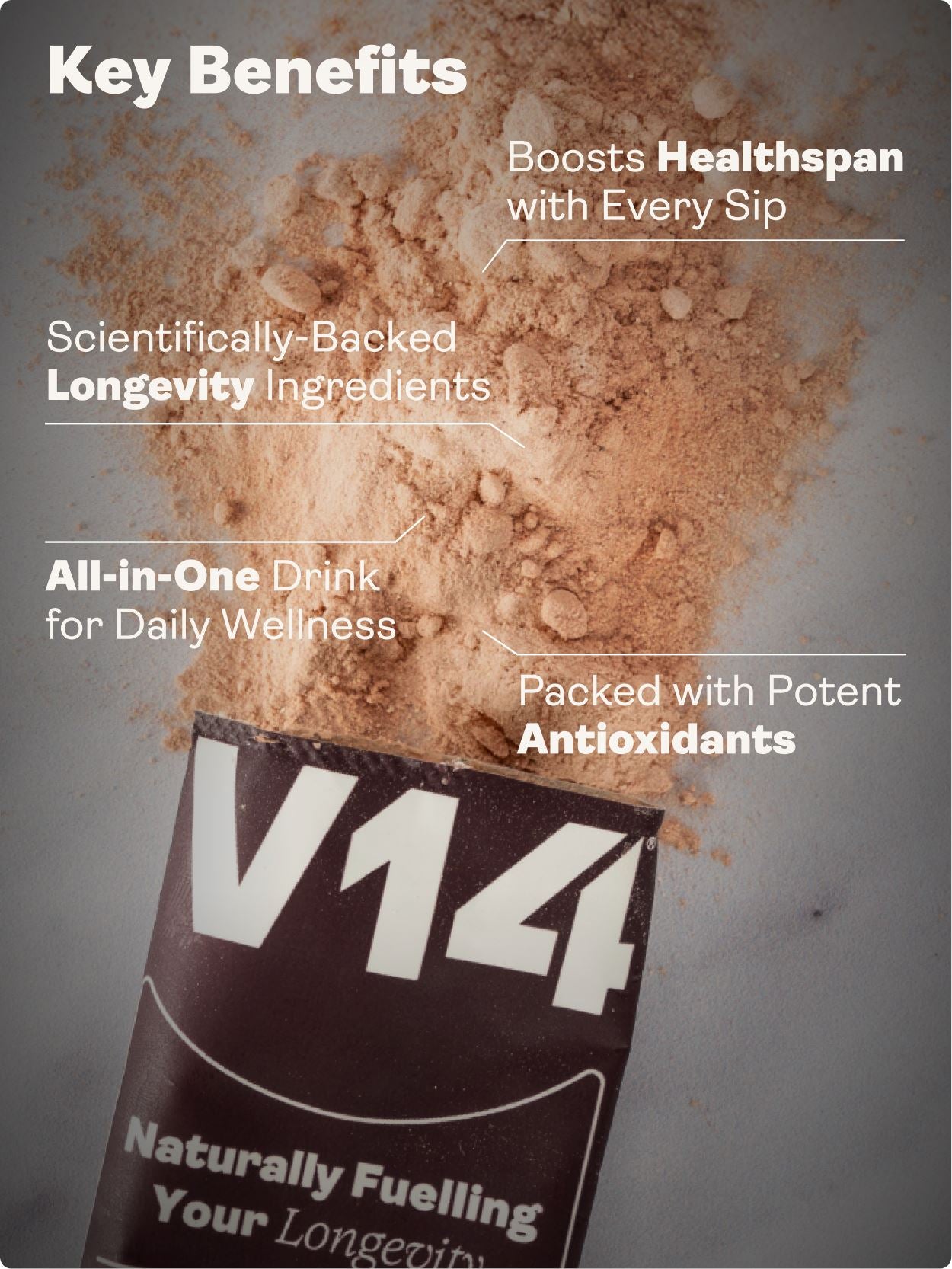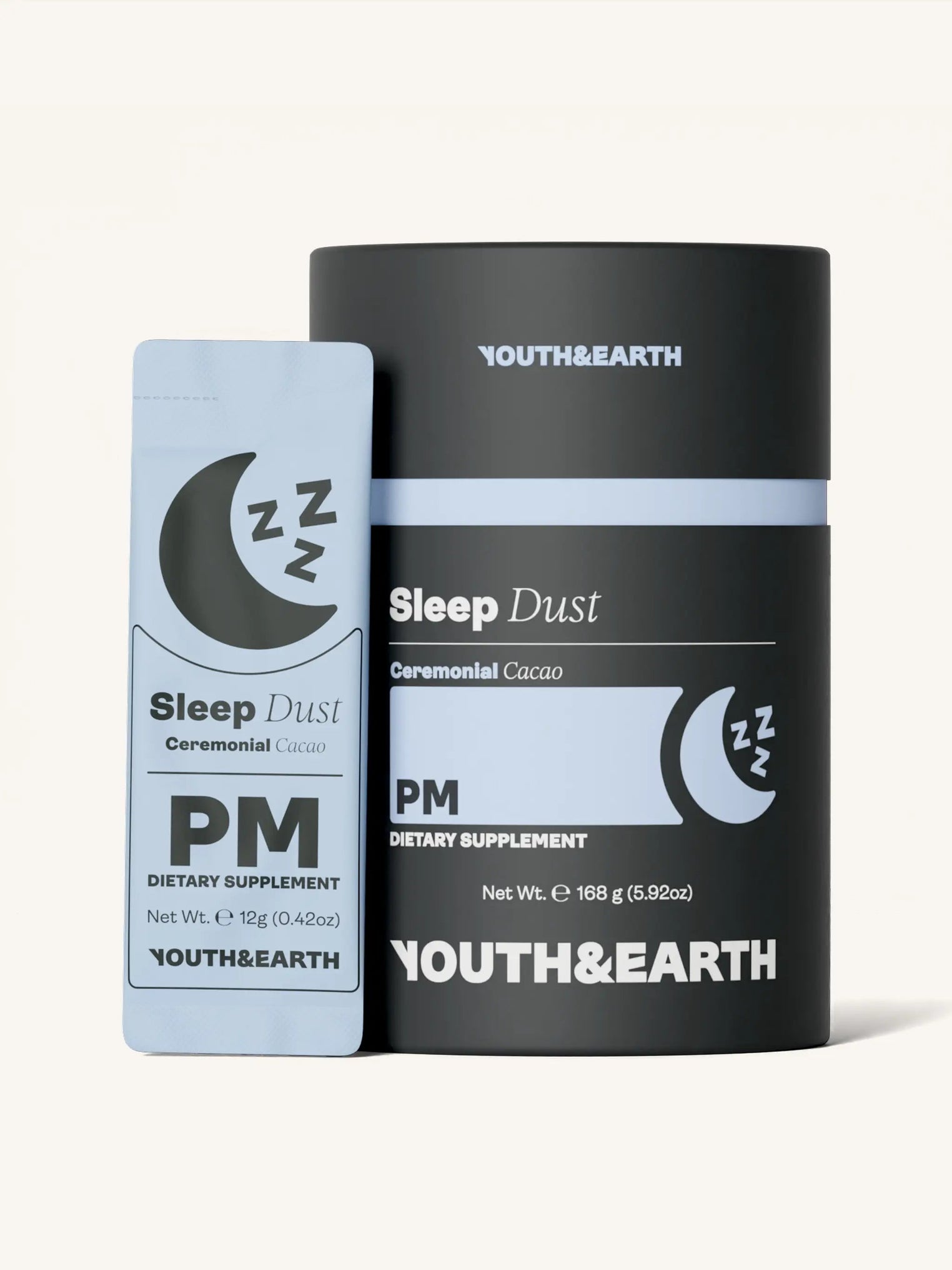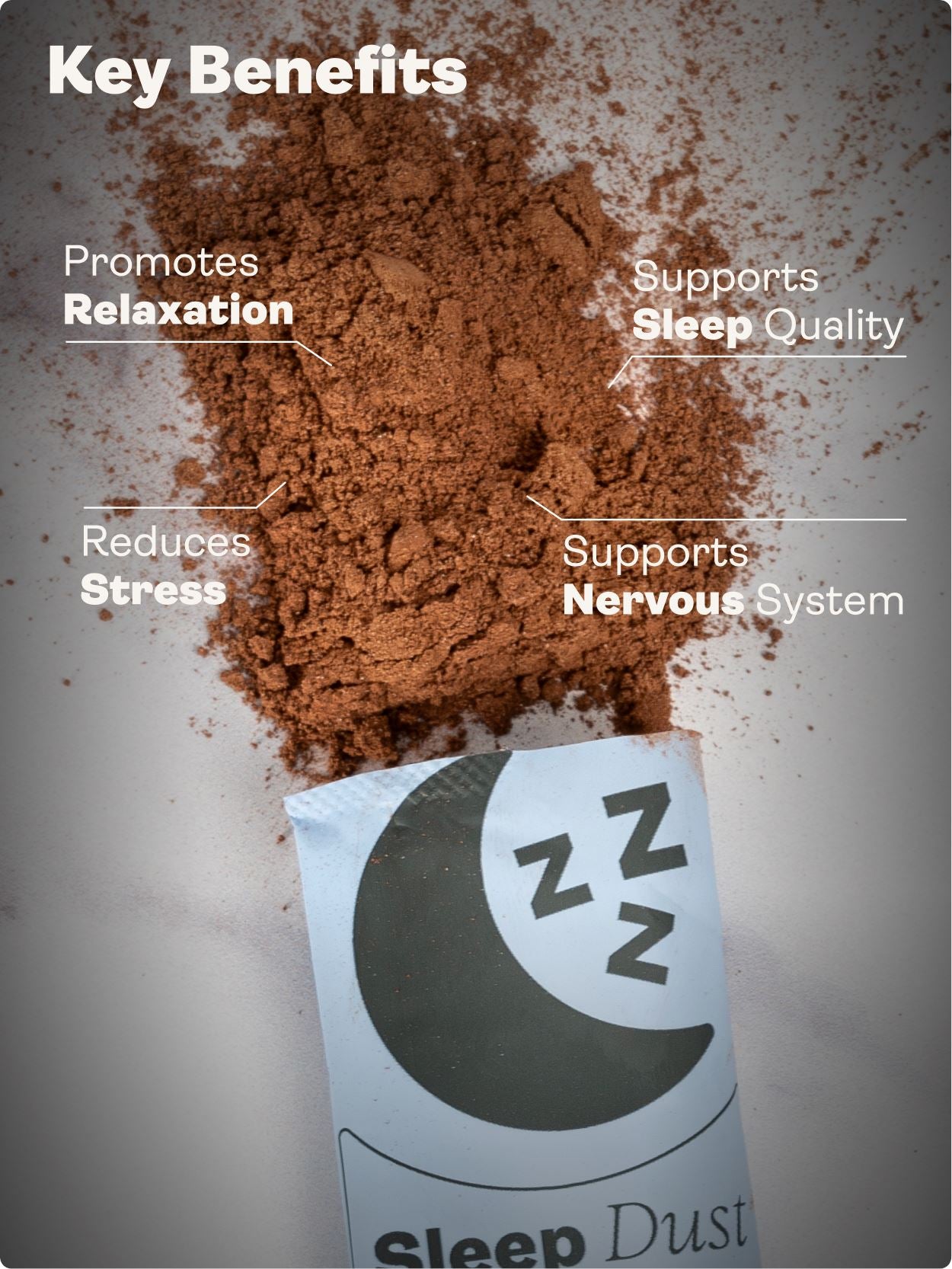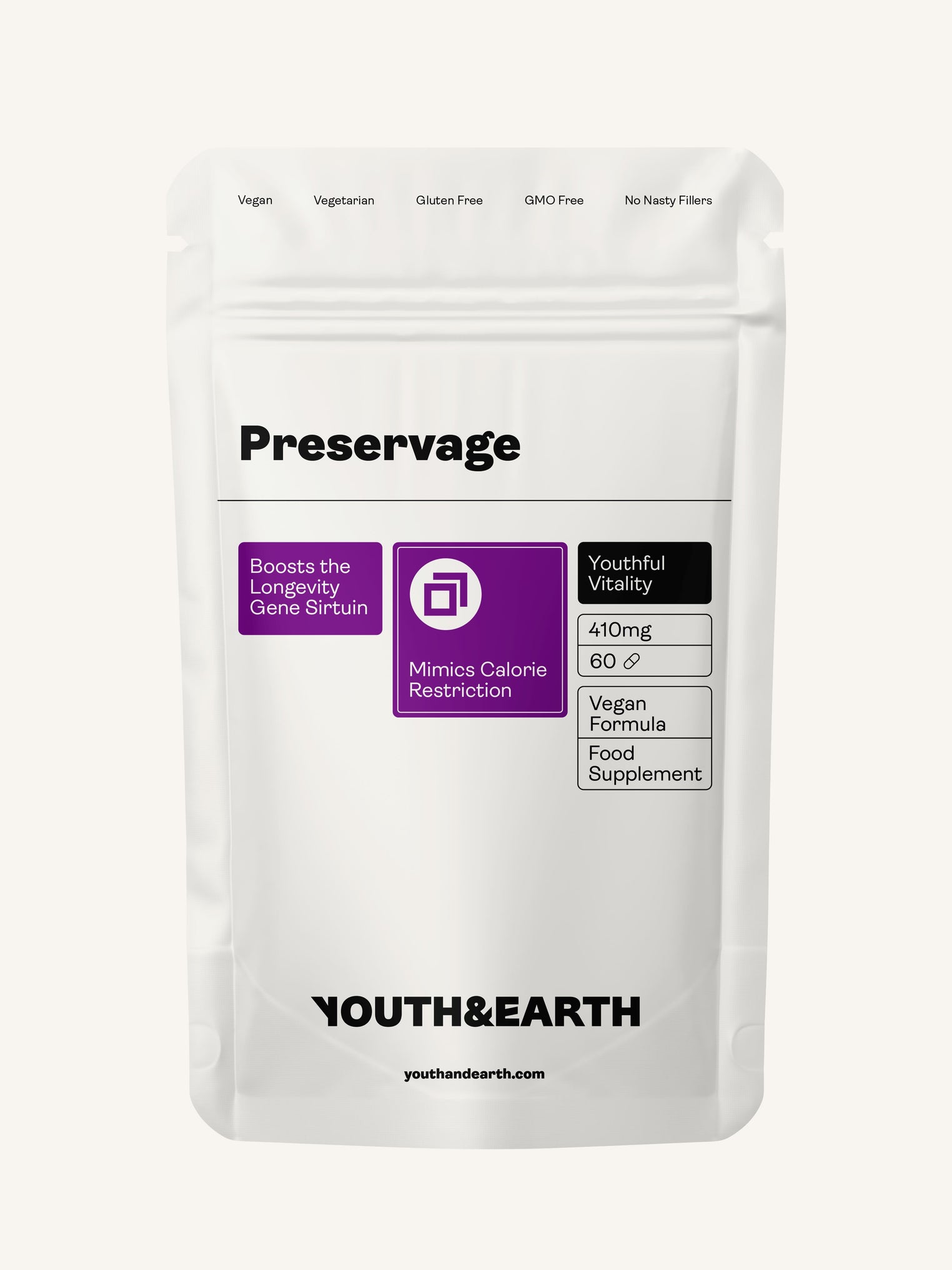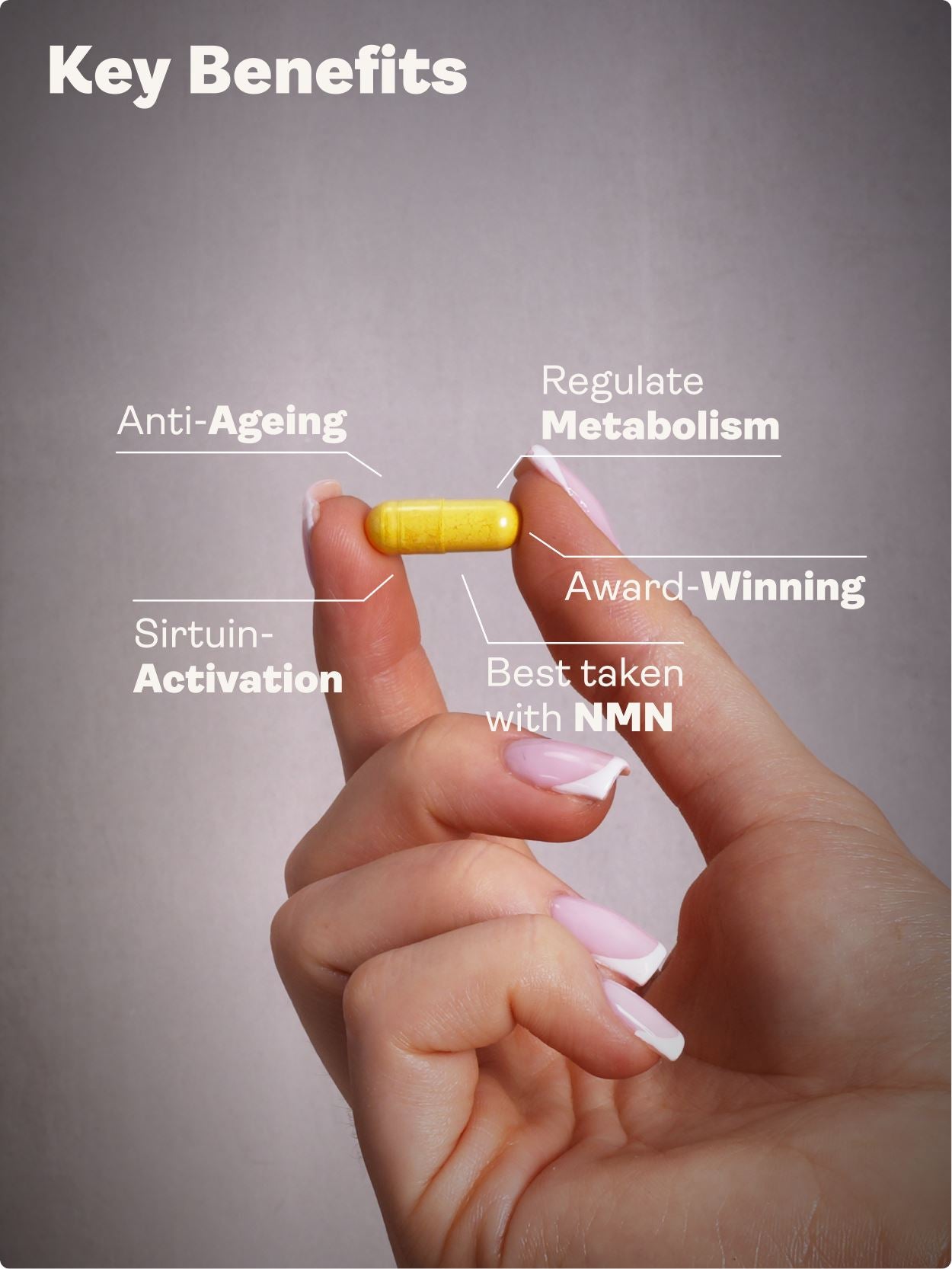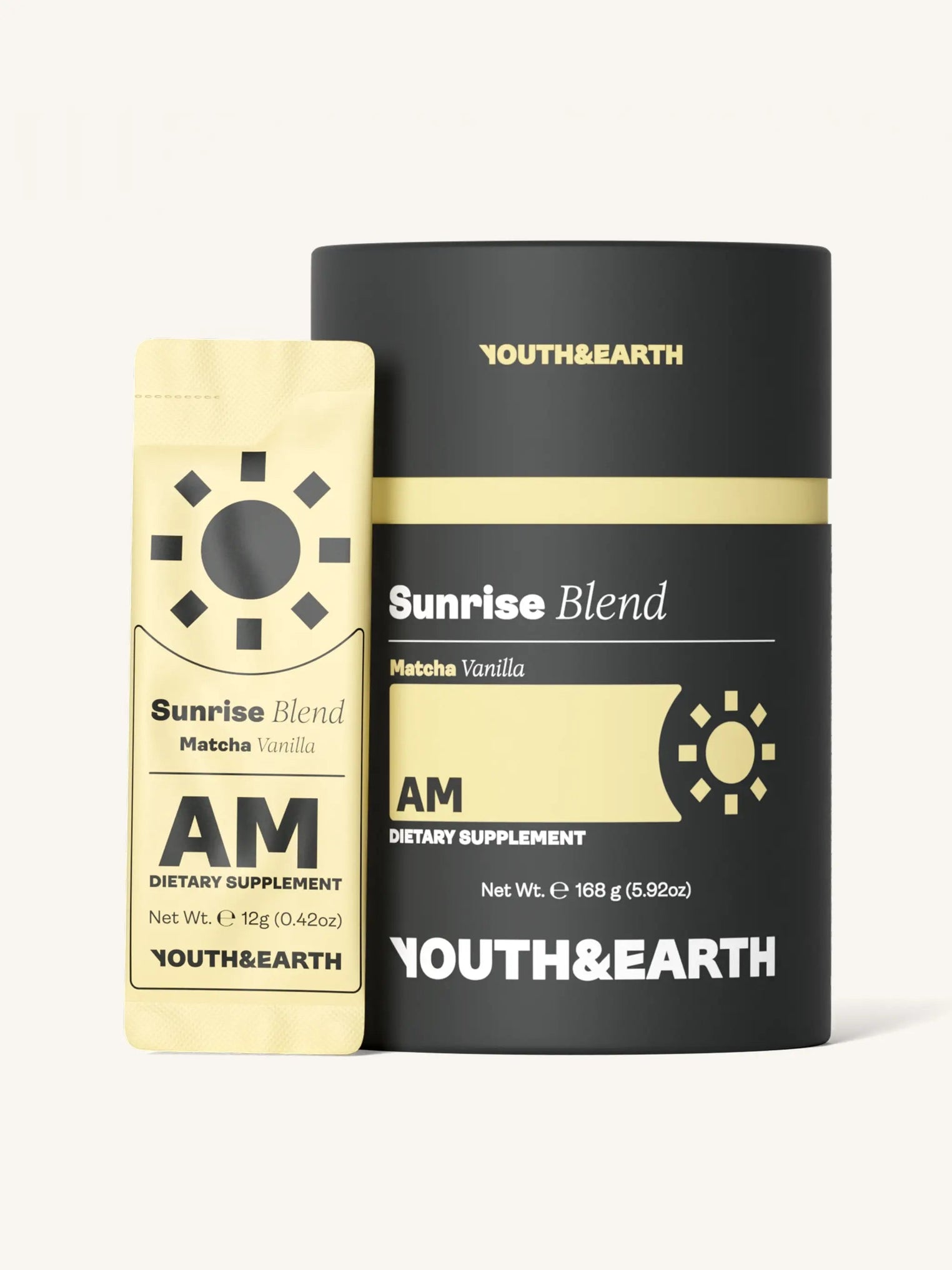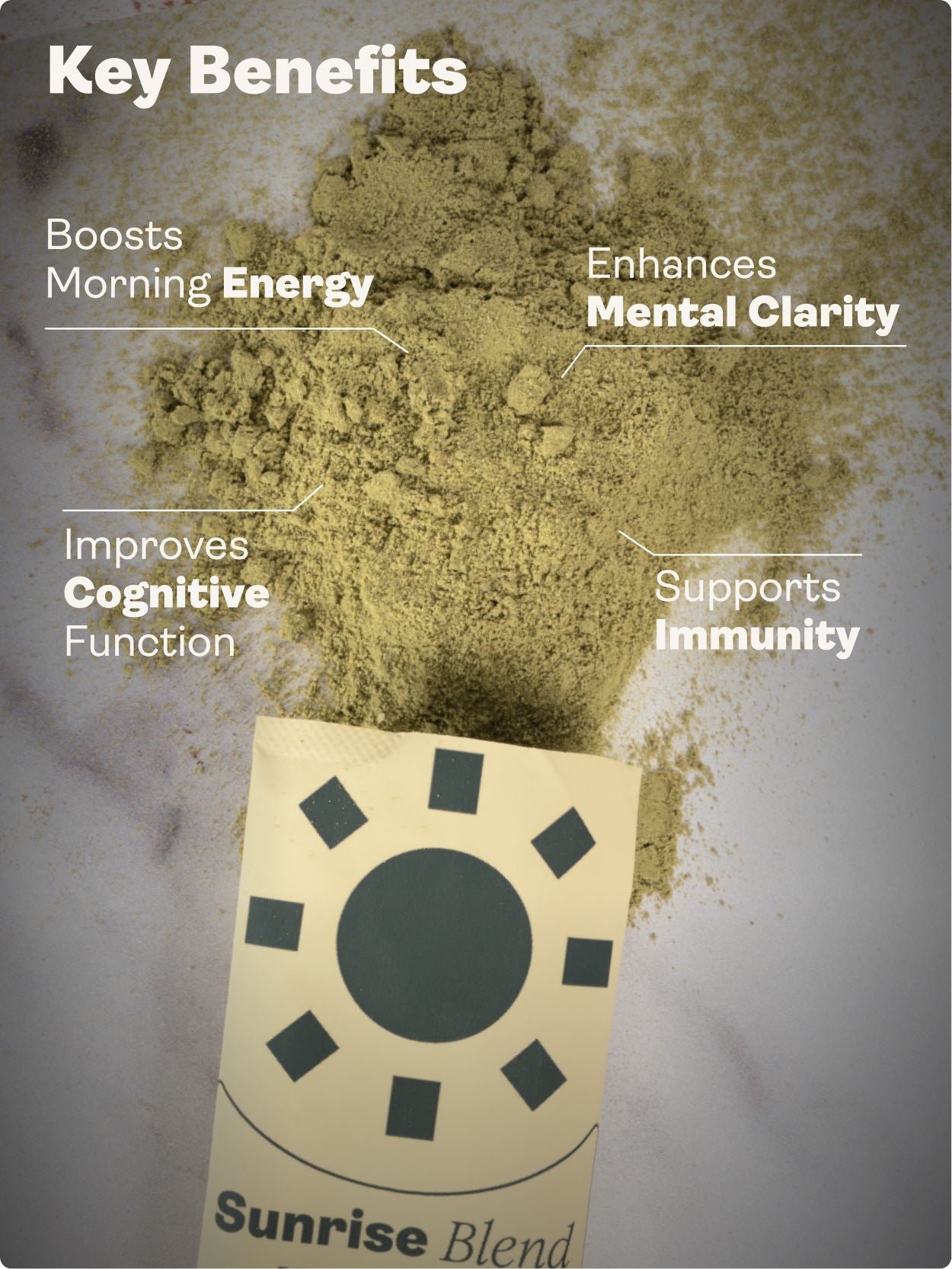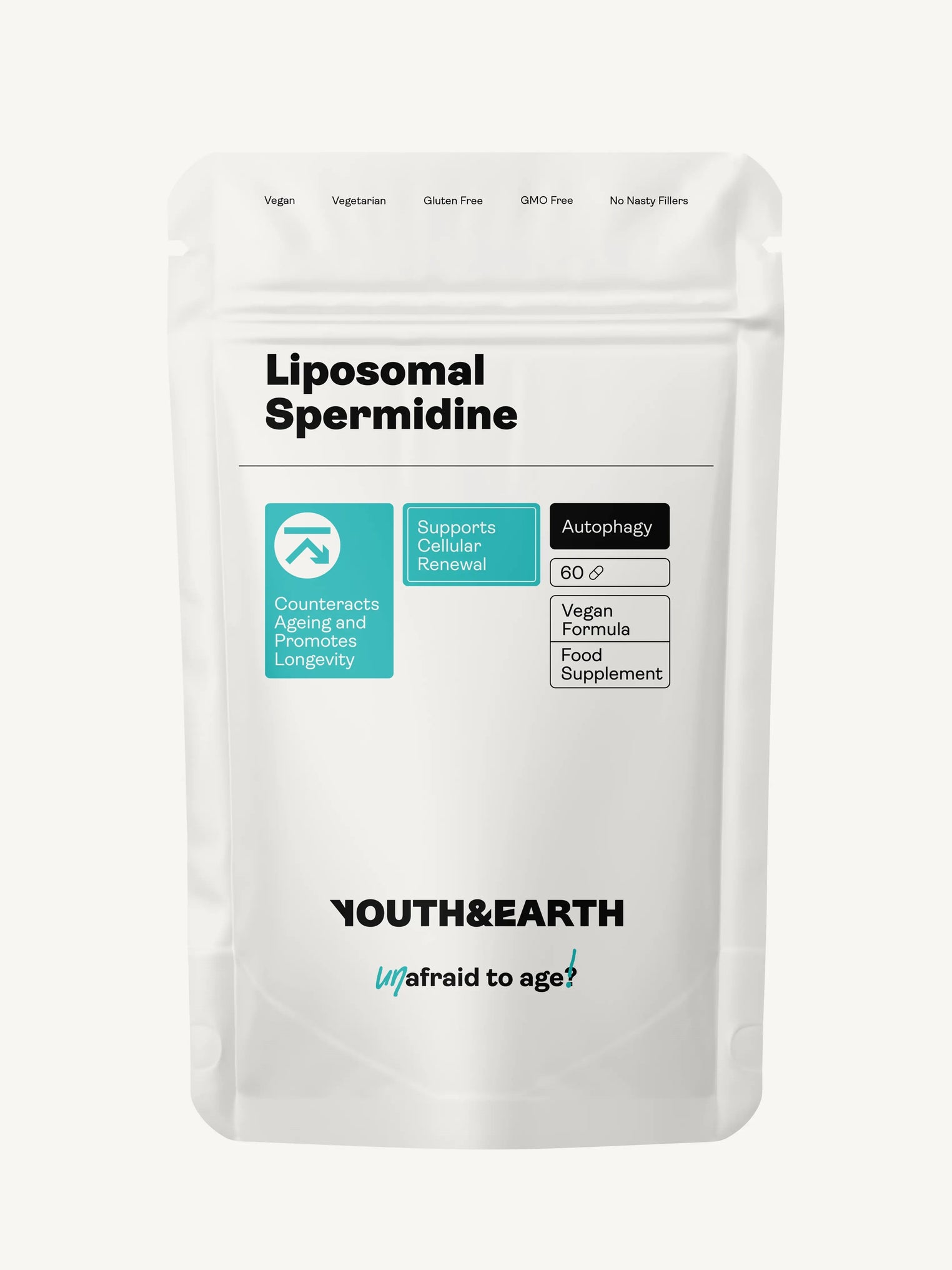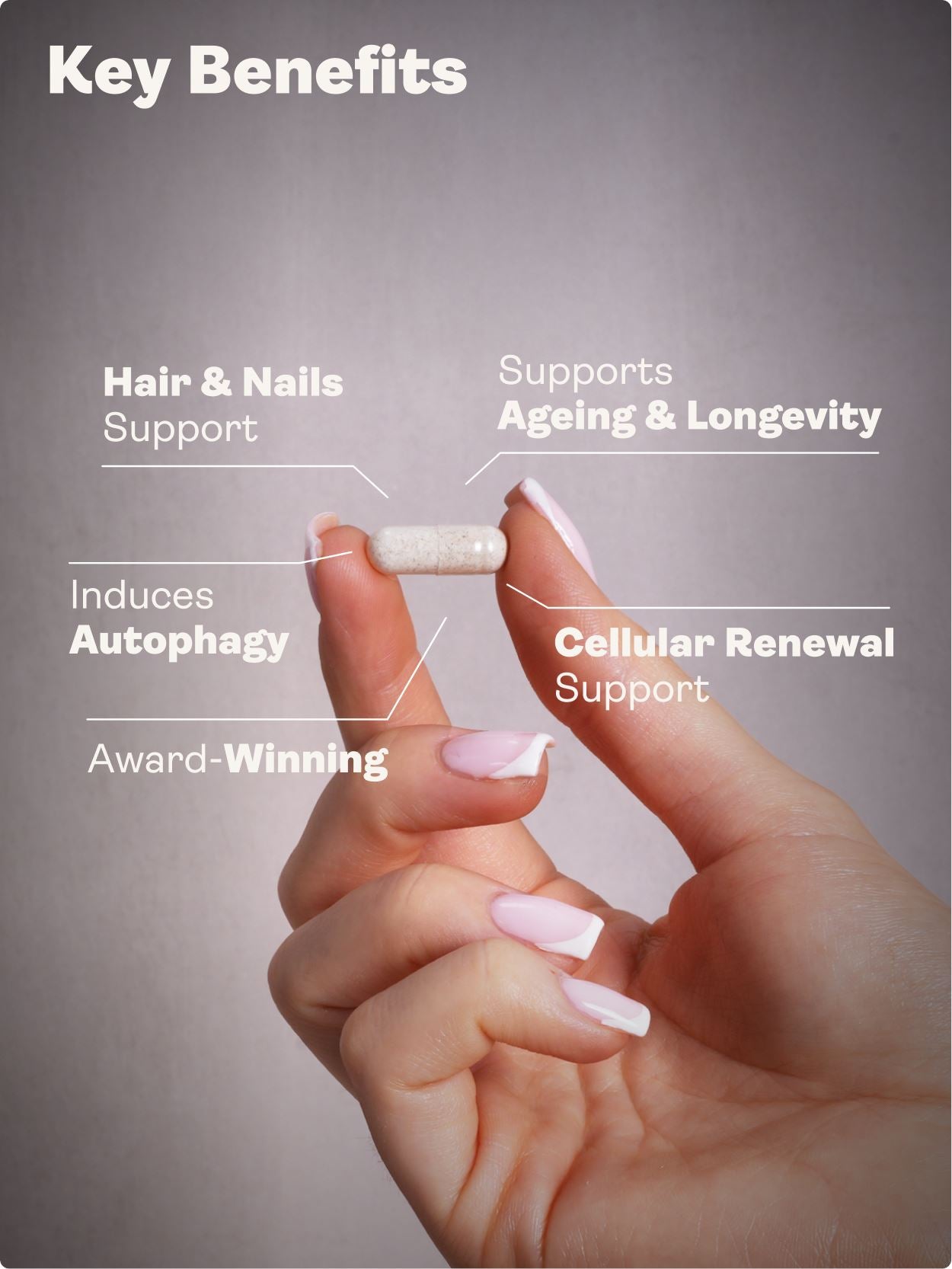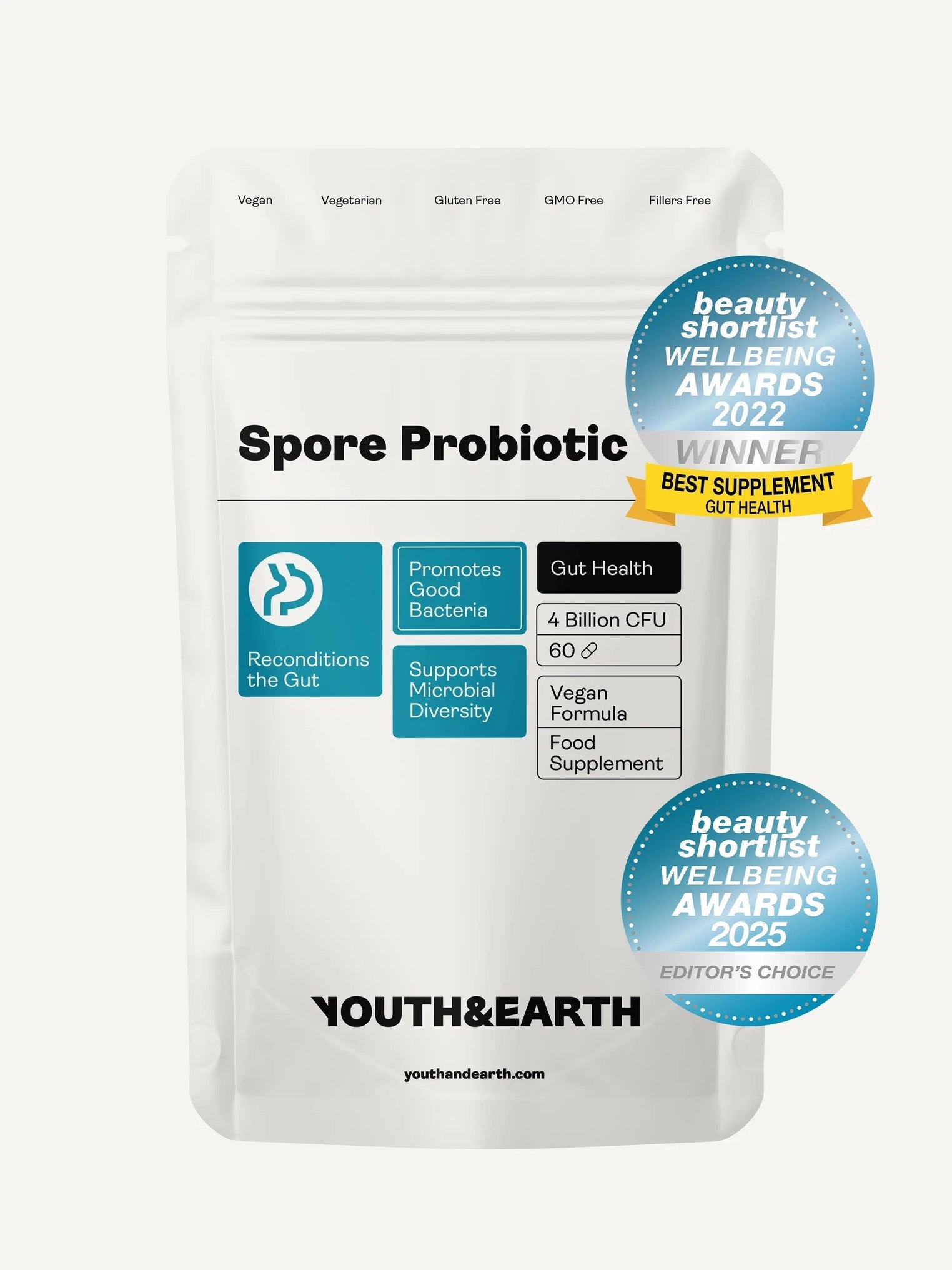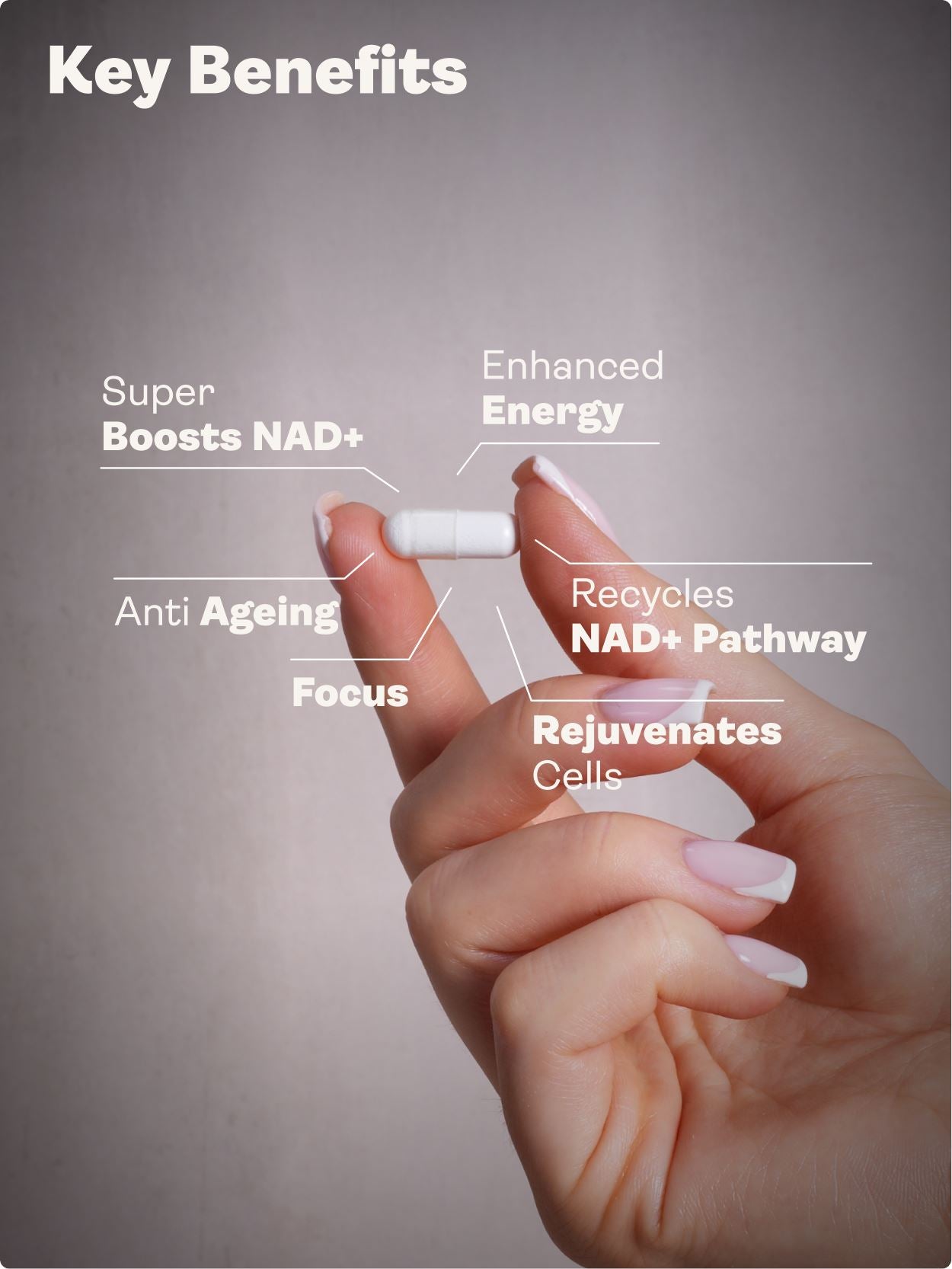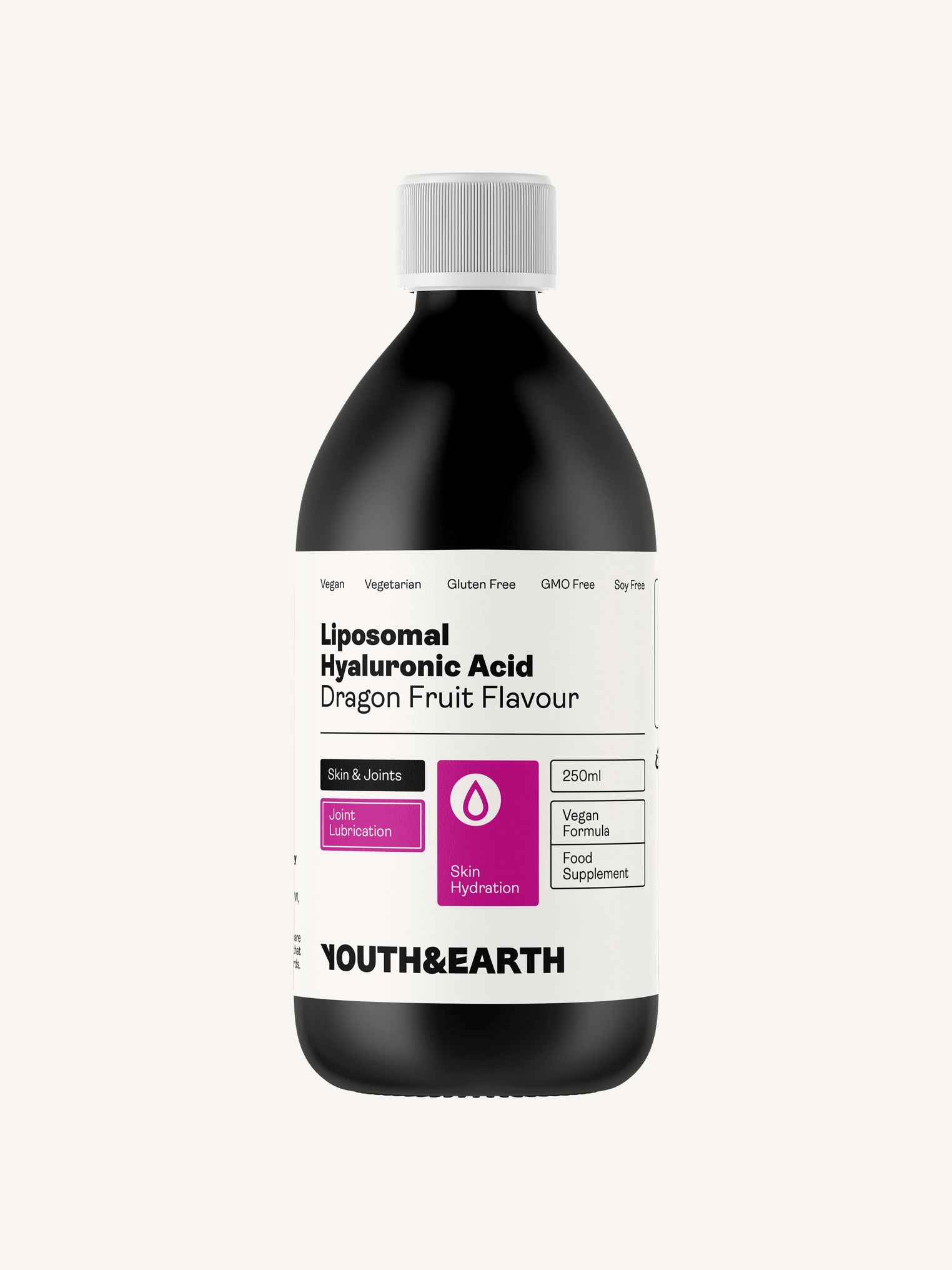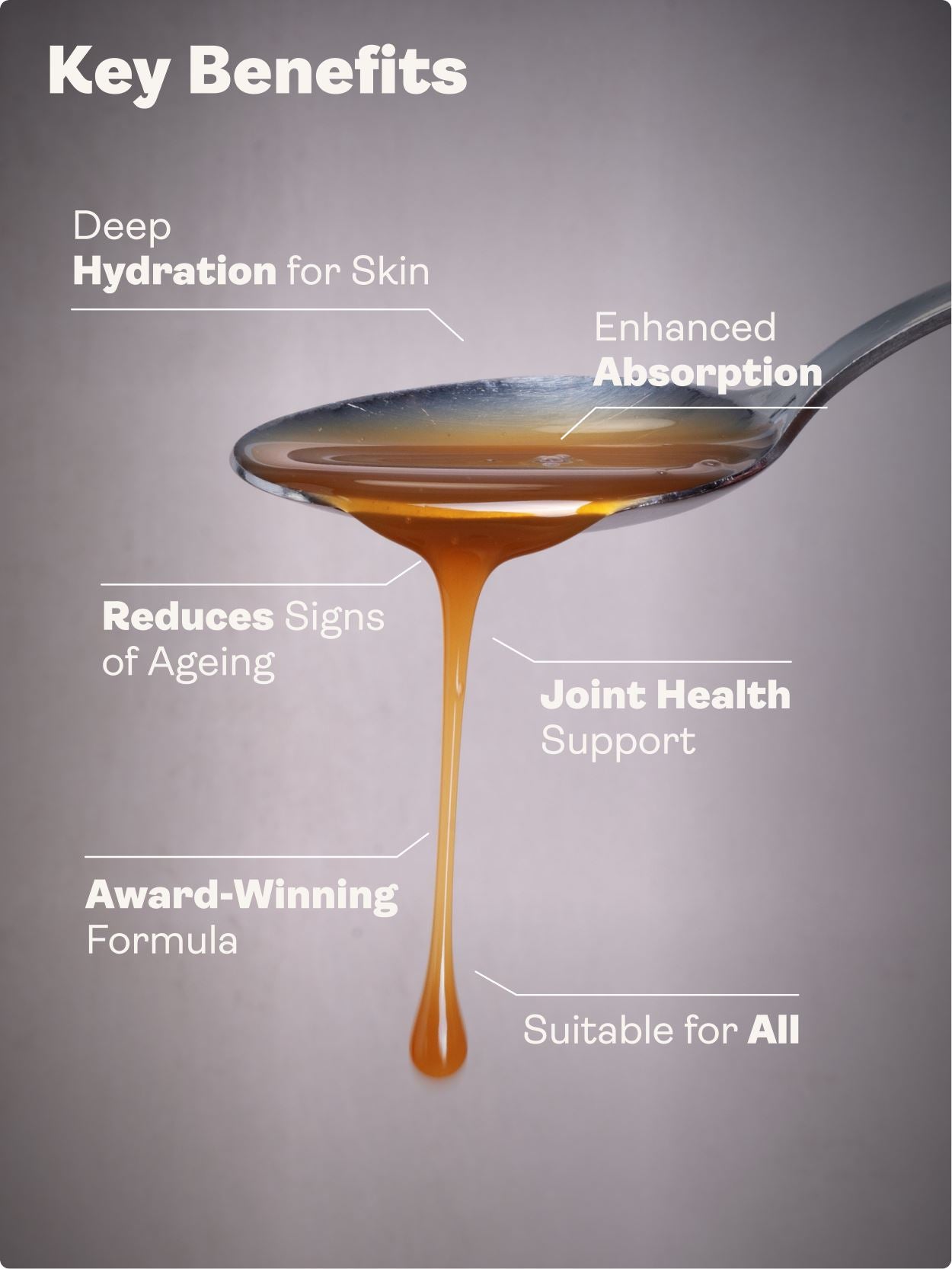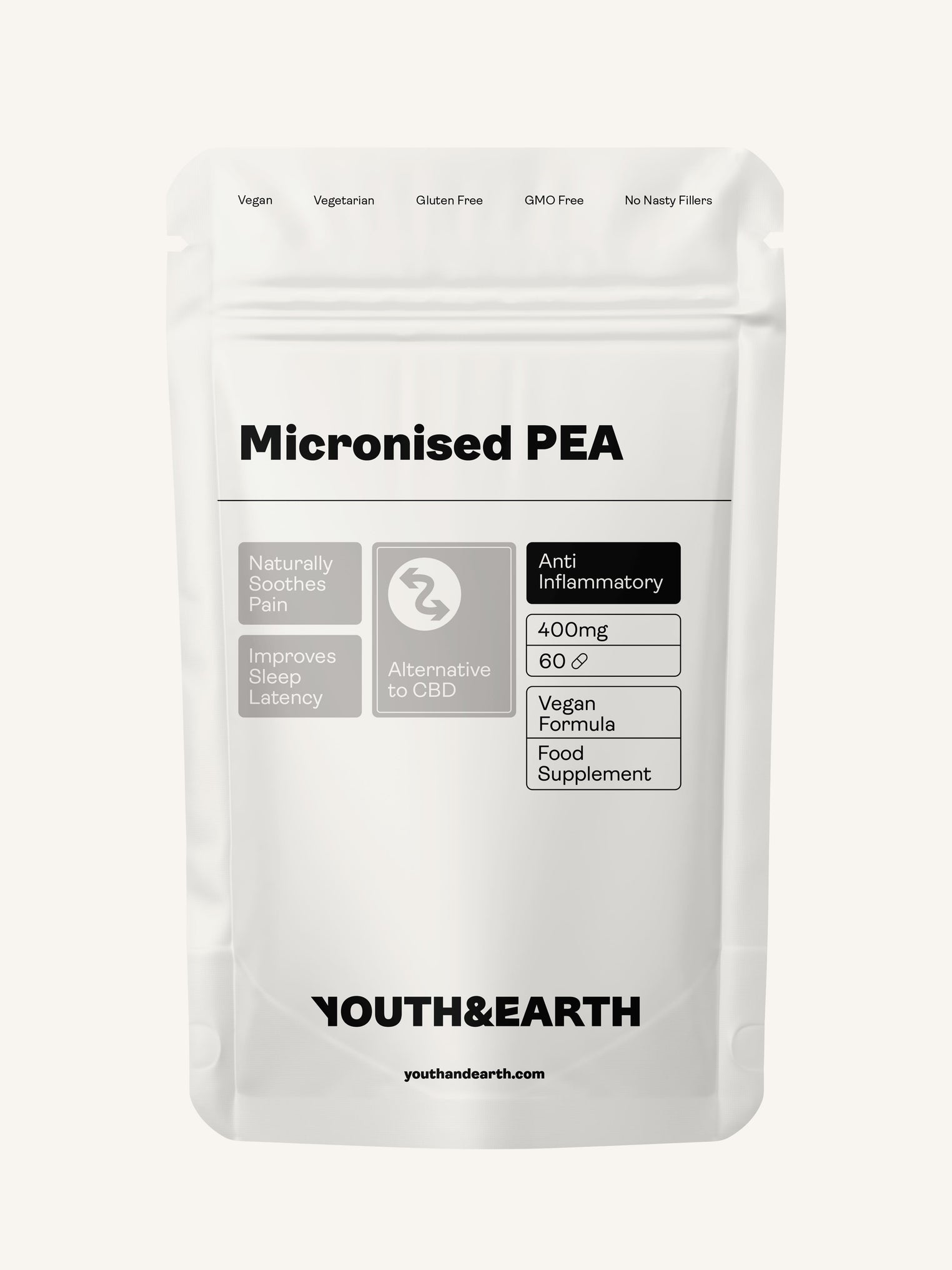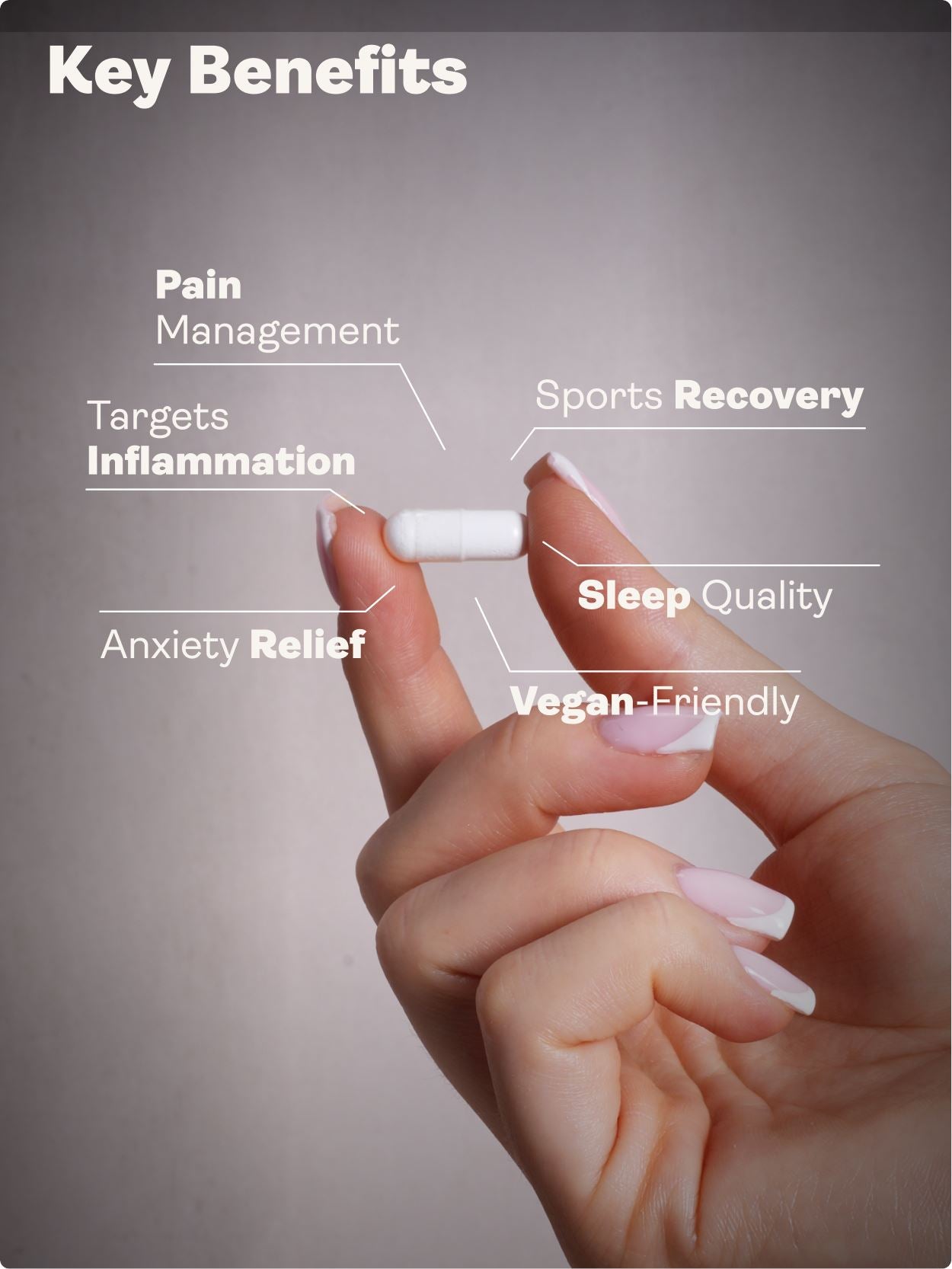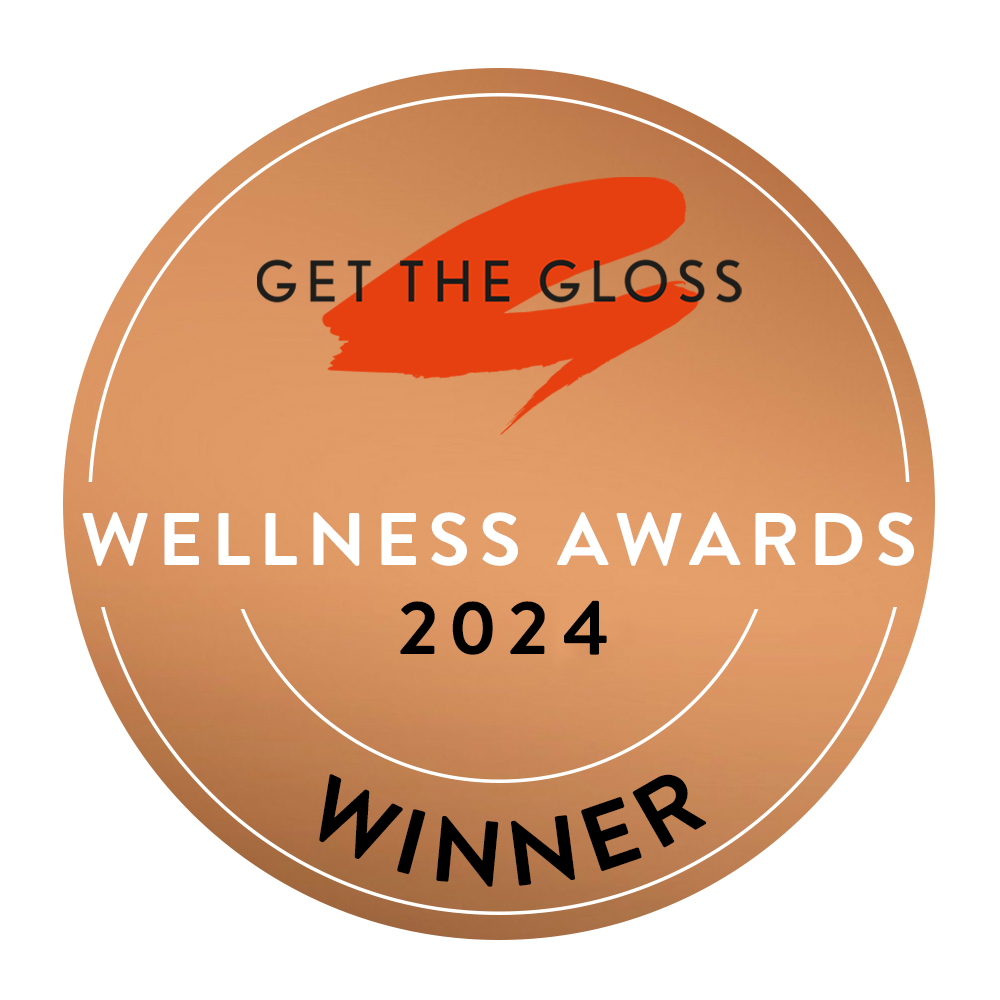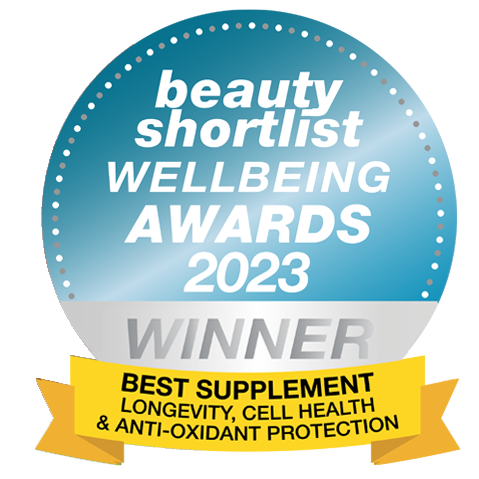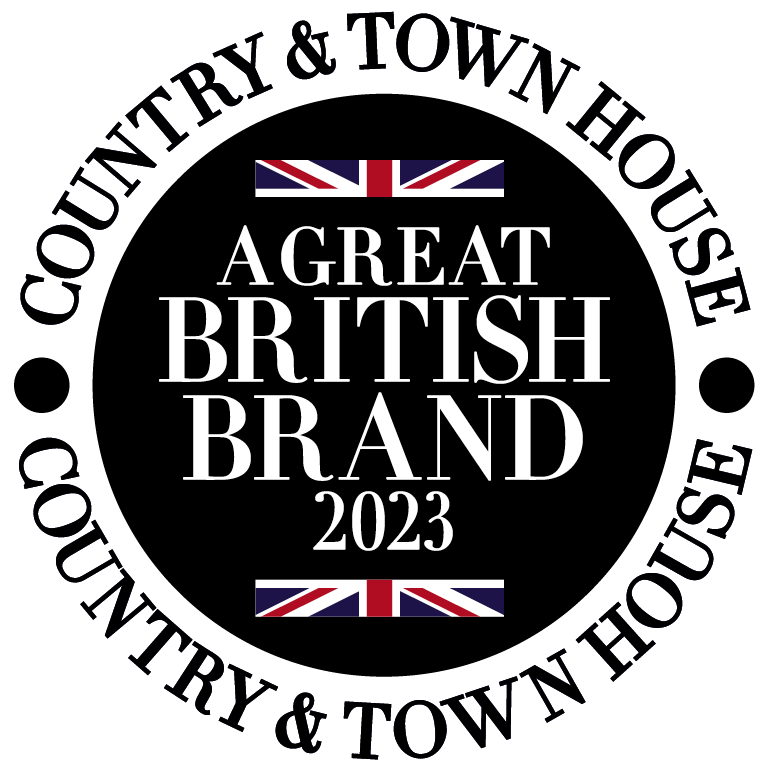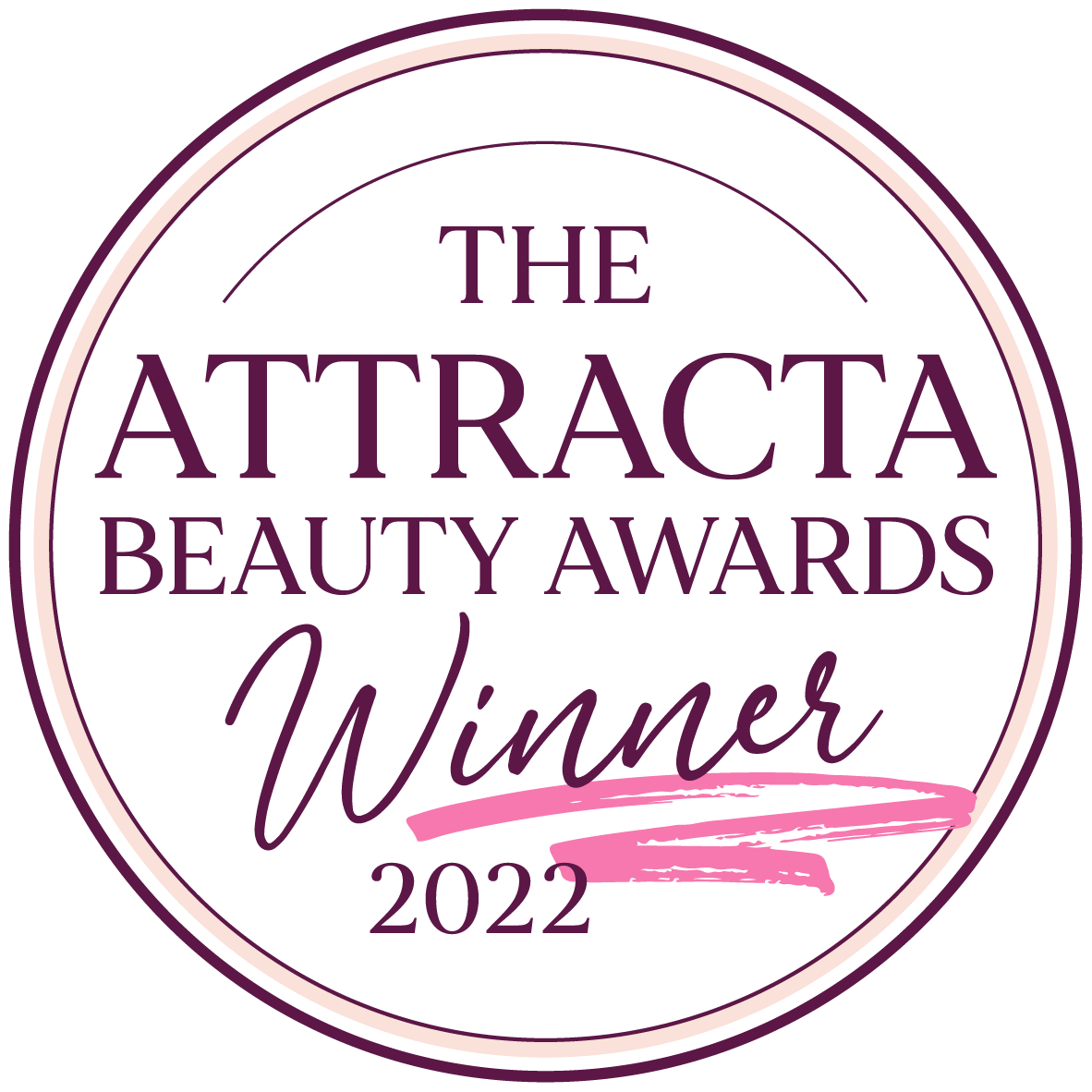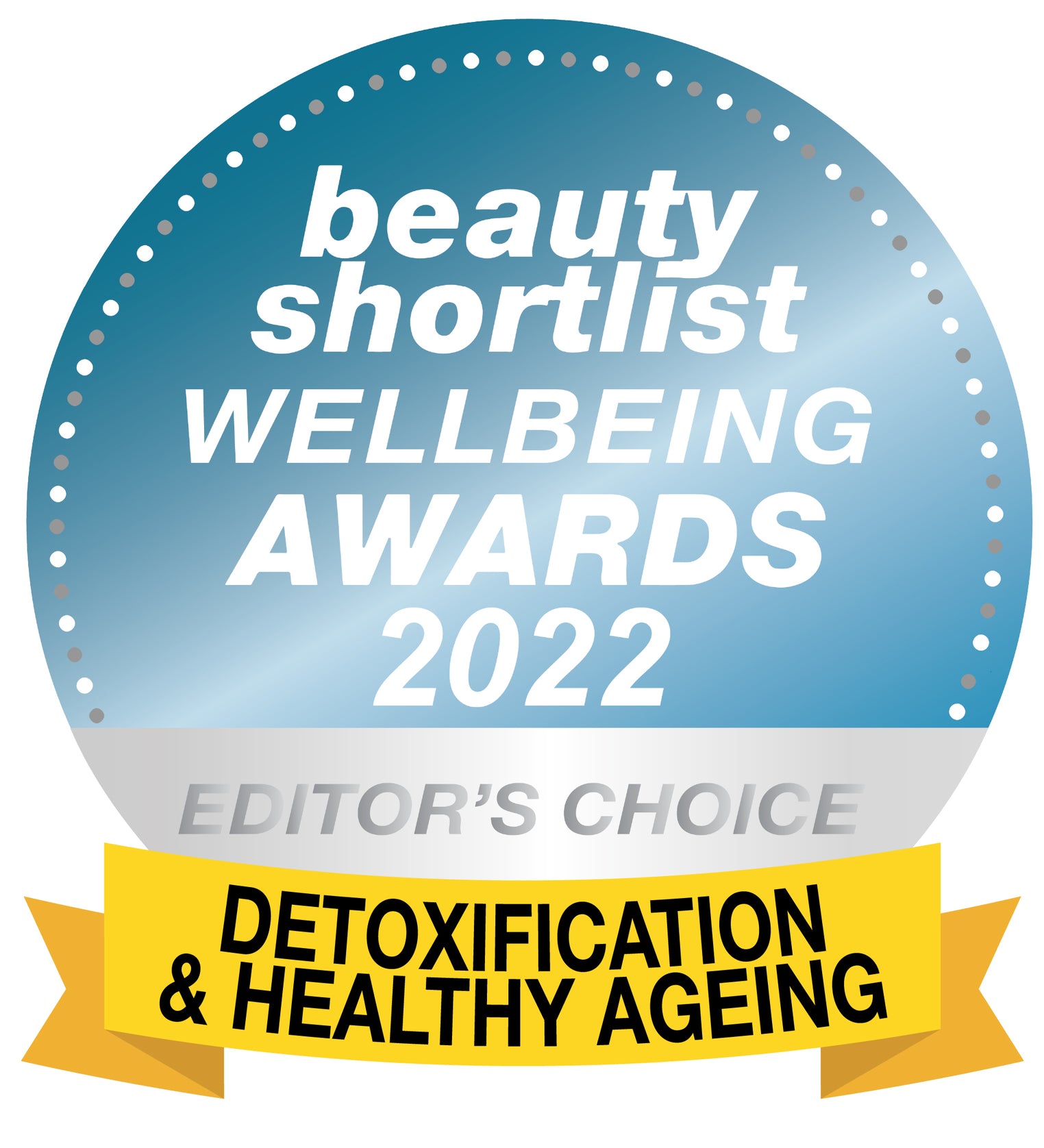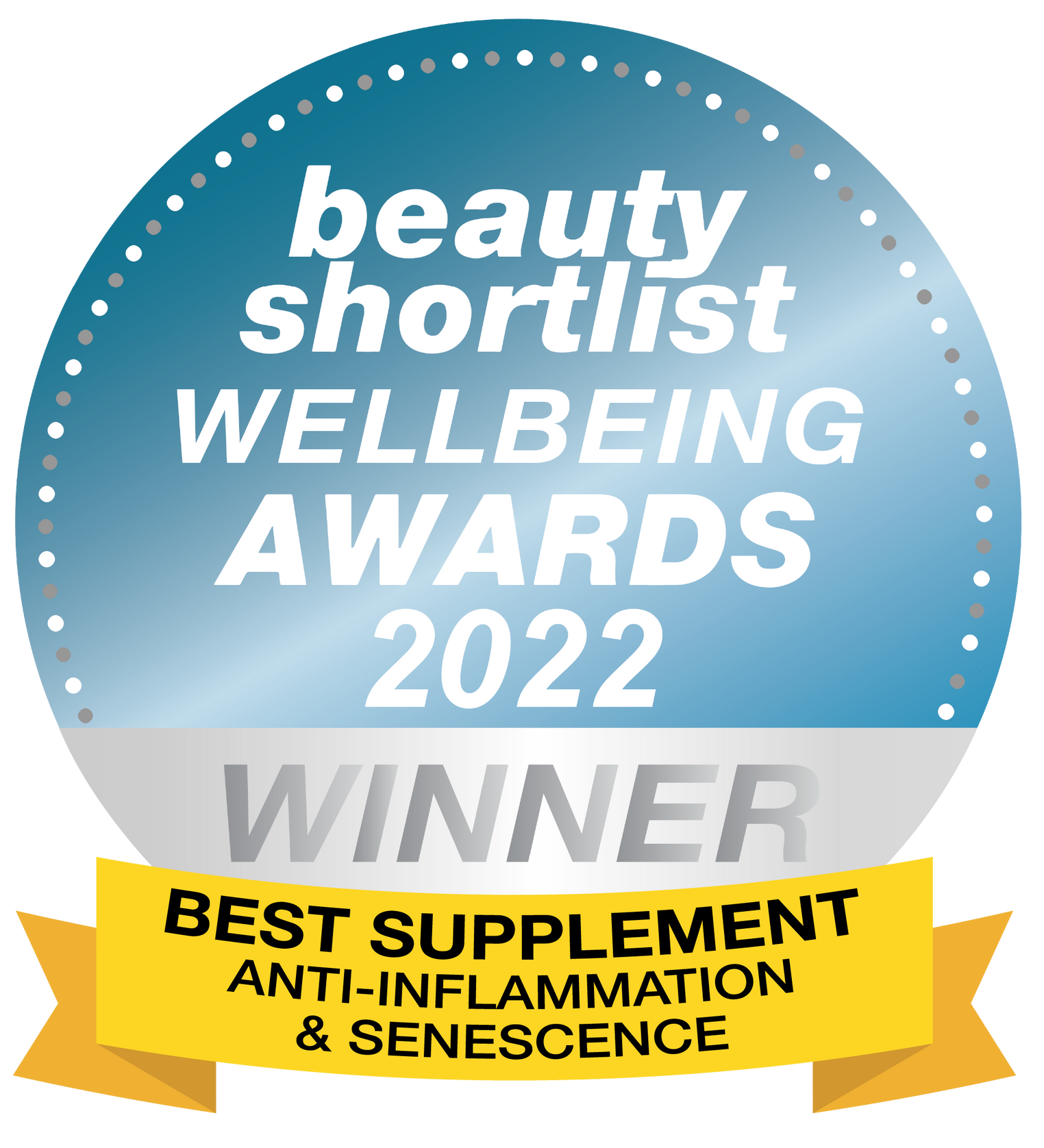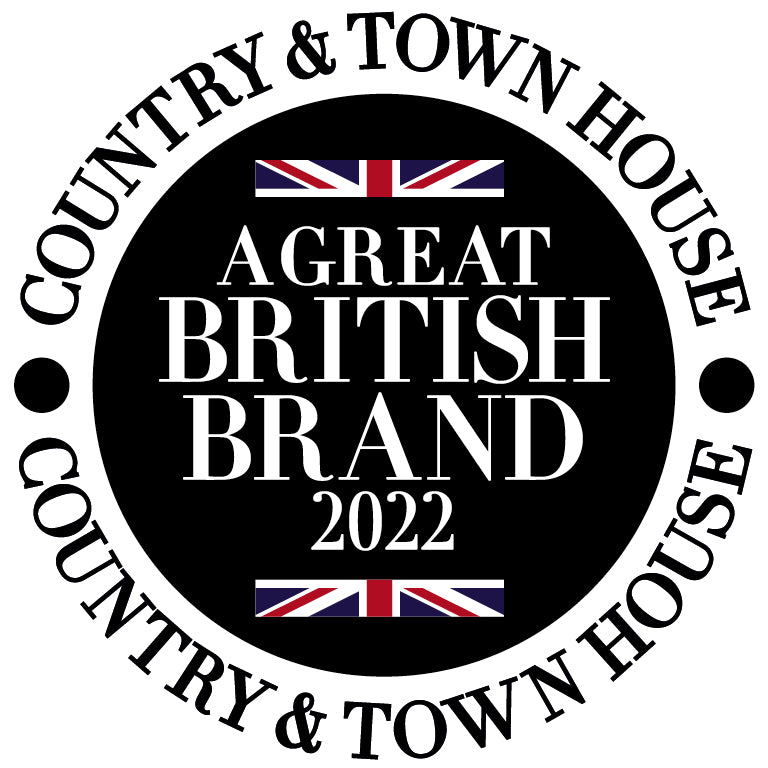What Is NAD+ and Why Does It Matter for Longevity?
What is Nicotinamide Adenine Dinucleotide (NAD+)? Why does NAD+ support longevity and healthy aging?
Nicotinamide Adenine Dinucleotide (NAD+) is a coenzyme present in all living cells. NAD+ exists in oxidized (NAD+) and reduced (NADH) forms. NAD+ contributes to mitochondrial function, DNA repair, and gene expression control.
TL;DR Summary
NAD+ levels decrease with age, leading to reduced energy, slower recovery, and higher risk of age-related conditions. NAD+ powers cellular processes like energy production and DNA repair. Supplements like Nicotinamide Mononucleotide (NMN) raise NAD+ efficiently. Natural strategies include exercise, fasting, and nutrient-rich foods. This supports endurance, mental clarity, and overall vitality.
What Biological Functions Rely on NAD+?
NAD+ supports critical cellular activities. These include DNA repair for genomic stability, mitochondrial production of Adenosine Triphosphate (ATP) for energy, and epigenetic signals that control gene expression.
NAD+ also aids calcium signaling in cells and neurotransmission in the brain. It regulates hormones and enzymes involved in metabolism.
NAD+ activates sirtuins, which are enzymes that enhance cell survival, reduce inflammation, and slow aging. Sirtuins depend on NAD+ to function. Without enough NAD+, sirtuins cannot protect cells effectively. This connection explains how NAD+ promotes longevity pathways.
Sirtuins rely on NAD+ as a substrate. Low NAD+ levels impair sirtuin activity, leading to reduced cellular repair.
Why Does NAD+ Decline With Age?
NAD+ levels drop as people age. This decline is natural and caused by multiple factors. By age 50, NAD+ may be half of youthful levels. This reduction causes fatigue, cognitive issues, and increased disease risk.
Aging reduces NAD+ production efficiency. Factors like inflammation accelerate this process.
| Contributing Factor | How It Depletes NAD+ | What You Can Do |
|---|---|---|
| Increased CD38 enzyme activity | CD38 breaks down NAD+. Activity rises with age and inflammation. | Use CD38 inhibitors like apigenin from parsley or chamomile. Reduce inflammation. |
| Chronic inflammation ("inflammaging") | Activates NAD+-using enzymes like Poly(ADP-ribose) Polymerases (PARPs) and CD38. | Follow an anti-inflammatory diet with omega-3s from oily fish and polyphenols from berries. |
| Oxidative stress | Increases DNA damage, using more NAD+ for repair. | Eat antioxidants from leafy greens. Exercise regularly. Support mitochondria with CoQ10 or NMN. |
| Mitochondrial dysfunction | Damaged mitochondria need extra NAD+ for energy and repair. | Take NAD+ precursors like NMN from broccoli. Do zone 2 cardio. Try cold exposure. |
| Reduced NAMPT expression | Limits NAD+ recycling via the salvage pathway. | Practice fasting. Use AMPK activators like berberine from plants or exercise. |
| Environmental stressors | UV light, pollution, alcohol, poor sleep, and processed foods speed NAD+ breakdown. | Improve sleep. Limit toxins. Eat whole foods. Supplement with Nicotinamide Riboside (NR) or NMN. |
How Is NAD+ Linked to Ageing and Longevity?
NAD+ decline marks cellular aging. Low NAD+ weakens homeostasis and vitality.
Research links NAD+ to aging:
- A 2012 study showed NAD+ drops in aging human skin.
- A 2015 study found lower NAD+ in aging brains.
- A 2016 trial noted precursors improved muscle strength in older people.
- Studies from 2017-2018 showed precursors enhanced DNA repair and cognition.
Decreased NAD+ accelerates aging signs. Restoring NAD+ activates repair mechanisms.
NAD+ supports longevity by enabling sirtuins and DNA repair. This delays age-related decline.

How Does NAD+ Affect Endurance and Recovery?
NAD+ powers muscle mitochondria during exercise. Optimal NAD+ increases ATP, speeds recovery, and reduces oxidative stress. This boosts stamina, performance, and muscle repair.
High NAD+ enhances energy output in muscles. It aids post-exercise tissue healing.
NAD+ improves endurance by fueling ATP production. Recovery accelerates with better mitochondrial function.
How Does NAD+ Affect Memory and Focus?
NAD+ supports brain energy and neurotransmitter signaling. It restores neuronal mitochondria, reducing brain fog and improving focus and memory.
Precursors like NMN enhance cognitive performance in aging. NAD+ maintains mental clarity through energy metabolism.
NAD+ aids cognition by powering brain cells. It supports focus and memory retention.
What Makes NMN the Best NAD+ Booster?
NMN converts directly to NAD+ in one step. This efficiency avoids enzymatic delays. NMN absorbs well into brain, liver, and muscles for systemic support.
NMN provides quick NAD+ elevation. It targets tissues effectively for energy and repair.
Direct conversion makes NMN superior. It bypasses bottlenecks in NAD+ synthesis.
What Are NAD+ Precursors and How Do They Work?
NAD+ precursors are molecules that build NAD+ via biochemical pathways.
| Precursor | Compound Name | Natural Source | Role |
|---|---|---|---|
| NMN | β-Nicotinamide Mononucleotide | Avocado, broccoli, edamame | Direct precursor to NAD+. |
| NR | Nicotinamide Riboside | Milk, yeast, fish | Converts to NMN then NAD+. |
| NMNH | Reduced NMN | Synthetic (research stage) | Potential faster conversion. |
Precursors follow paths to NAD+ production. They replenish levels efficiently.
These compounds increase NAD+ synthesis. NMN offers direct access.
NAD+ Precursors: Comparison by Use Case
Compare precursors for specific needs.
Pros/Cons Table for NAD+ Precursors
| Precursor | Pros | Cons | Alternatives |
|---|---|---|---|
| NMN | High efficiency, tissue penetration. | Higher cost. | NR for beginners. |
| NR | Well-studied, affordable. | Two-step conversion. | NMN for faster results. |
| NMNH | Potentially faster bioavailability. | Limited data. | NMN or NR for proven options. |
NMN suits longevity due to efficiency. NR fits beginners with strong data.
Why Is NMN Important for NAD+ Levels?
NMN converts directly to NAD+. It absorbs into key tissues. No complex enzymes needed.
NMN overcomes synthesis limits. It delivers NAD+ to cells for repair and energy.
Efficient uptake makes NMN vital. It restores NAD+ rapidly.
What Are the Key Benefits of NMN Supplementation?
NMN boosts mitochondrial ATP, increasing stamina and reducing fatigue.
NMN repairs endothelium and maintains vessel elasticity for better nutrient delivery.
NMN enhances brain metabolism, insulin sensitivity, and immune function.
NMN supports energy production. It aids vascular and cognitive health.
Science Snapshot: Recent Findings on NAD+ and NMN
Science Snapshot
A 2024 study shows long-term NMN treatment increases lifespan and healthspan in aging mice by mitigating high-fat-diet-induced decline. Another 2024 study confirms NMN supplementation prolongs lifespan in male mice and delays gut aging. Human trials confirm NMN raises NAD+ safely up to 900mg daily.
What Can I Do to Support My NAD+ Levels Naturally?
Take precursors like NMN from broccoli or NR from milk.
Exercise 3-4 times weekly to activate AMPK.
Practice intermittent fasting for NAD+ recycling.
Eat leafy greens, oily fish, fermented foods for nutrients.
Reduce stress and prioritize sleep.
These habits boost NAD+. Combine with supplements for best results.
FAQ: NAD+, NMN, and Longevity
What is the difference between NAD+ and NADH?
NAD+ is oxidized; NADH is reduced. They cycle in energy production. NAD+ drives repair.
Why do NAD+ levels decline with age?
Synthesis slows from stress, diet, and mitochondrial issues. Recycling efficiency drops.
Can I get enough NMN from food?
Foods like edamame provide NMN, but amounts are low for benefits. Supplements offer therapeutic doses.
How long does it take for NMN to work?
Energy improves in weeks. Cellular changes occur in 1-3 months.
Is NMNH better than NMN?
NMNH may absorb faster but lacks research. NMN has more studies.
Is NAD+ supplementation safe?
NMN and NR show safety in trials. Consult professionals first. For regulated claims like disease prevention, note: These support general health; not a cure.
How does NAD+ affect muscle strength?
It supports ATP and reduces damage, maintaining mass and endurance.
Can NAD+ help with fatigue or brain fog?
NAD+ restores energy balance and brain function for clarity.
Article Conclusion: How to Support NAD+ for Healthy Ageing
- Supplement with NMN or NR daily.
- Exercise regularly to activate AMPK.
- Practice fasting for salvage pathway.
- Eat NAD+-rich foods like avocado and fish.
- Manage stress and sleep well.
These interventions interconnect: NMN boosts NAD+, exercise enhances mitochondria, fasting recycles NAD+. Together, these systems support cellular repair, energy, and longevity. These pathways do not act in isolation—they reinforce each other for resilience.
NAD+ replenishment slows aging. It empowers sirtuins and repair.
Glossary of Key Terms
| Term | Definition |
|---|---|
| NAD+ (Nicotinamide Adenine Dinucleotide) | Oxidized coenzyme for energy, DNA repair, sirtuin activation. |
| NADH | Reduced form in metabolic electron transfer. |
| NMN (β-Nicotinamide Mononucleotide) | Direct NAD+ precursor for aging and metabolism. |
| NR (Nicotinamide Riboside) | B3 form converting to NMN then NAD+. |
| NMNH | Reduced NMN with potential better bioavailability. |
| Sirtuins | NAD+-dependent enzymes for stress response and aging. |
| Epigenetics | Gene expression changes influenced by NAD+. |
| Mitochondria | Cell powerhouses needing NAD+ for ATP. |
| AMPK (AMP-activated protein kinase) | Energy sensor promoting NAD+ via exercise or fasting. |
| Healthspan | Healthy life period extended by NAD+. |
About the Author
Ed Van Harmelen is the founder of Youth & Earth and a passionate advocate for longevity since 2017. He has been featured in numerous podcasts and wellness publications for his insights on healthy ageing, biohacking, and the science behind supplements. Ed is widely regarded as a pioneer in bringing cutting-edge longevity tools to everyday consumers, making the benefits of advanced anti-ageing science both accessible and actionable.
Medically Reviewed By:
Mina Stanisavljevic, M.Sc. in Molecular Biology and Physiology, University of Belgrade
Mina is a Science advisor at Youth & Earth and OptimallyMe. Mina specialises in cellular metabolism, healthy ageing, and evidence-based supplement strategies.


